Is it just me, or does it feel like original stories in movies, TV and Broadway have become rarer recently?
All that I see are advertisements for reboots, remakes, sequels or adaptations of already successful franchises. It screams laziness and a desire for a quick buck.
Take Disney, for example. They produced 22 live-action remakes of their popular animated films, with two more coming this year.
Although Disney is a major proponent of the mass production of remakes and sequels, it seems that every other production company has been slacking on creating new and unique stories.
Media is overflowing with reused ideas and properties companies are too scared to pursue something new. Granted, it’s easy money, and they already know what will and won’t do well in the box office. However, if they never try new things, they’ll never know how well something new could do.
Nostalgia is another reason these companies heavily rely on already established franchises and characters. Capitalizing on nostalgia is an easy way for them to guarantee an audience.
Did you know there have been a sequel and two different versions of “Mean Girls” since its original release in 2004? One of those is a musical adaptation that was on Broadway and the other being a movie of said musical adaptation.
Don’t get me wrong, “Mean Girls” is an iconic and quotable movie. But it’s not super old or necessarily out of touch or offensive, so why do we need four different ways to indulge in the same story?
Though I am against constantly reusing pre-existing stories, I can understand revisiting old, impactful, possibly offensive or insensitive properties to give them another lease on life.
Although there can be exceptions, the number of reboots and adaptations must be reduced to leave some room for original content.
Broadway is the second victim of the reuse pipeline. Like in Hollywood, the number of movies used to stage stories feels unnecessary.
Of the 25 shows currently in Broadway theaters as of Feb. 17, nine were adapted from movies or books.
There are currently 41 active Broadway theaters in New York City. This significantly limits the amount of space available. They could be using their limited space to encourage creatives to pursue their plays and musicals instead, they fill space with the same plays over and over again.
When it comes to Broadway and theater, I feel that fewer people are aware of what are adaptations and what aren’t.
For example, I considered myself aware of what shows are adaptations or not, but not long ago, I learned that “Death Becomes Her,” which is a show currently on Broadway, was not an original show. It was released as a movie in the early 90s. A lot of Broadway viewership comes from tourists who probably aren’t doing a lot of research on the shows they’re seeing beforehand.
I can’t speak for everyone, but I would much rather see something original and get to experience the magic of live theater without knowing what’s going to happen.
Broadway tickets are expensive, and it is such an enchanting experience. Knowing the plot takes away from it.
These adaptations and reboots aren’t limited to movies and Broadway. There are endless adaptations of plays to books or books to movies and shows, further showing how the entertainment industry is becoming less and less original.
Emphasis should be placed on giving writers, directors, musicians and set designers a chance to tell their stories instead of relying on preexisting material.
These reboots and remakes aren’t inherently evil, but there is a limit, and the entertainment industry is getting too comfortable relying on the preexisting and not the new.



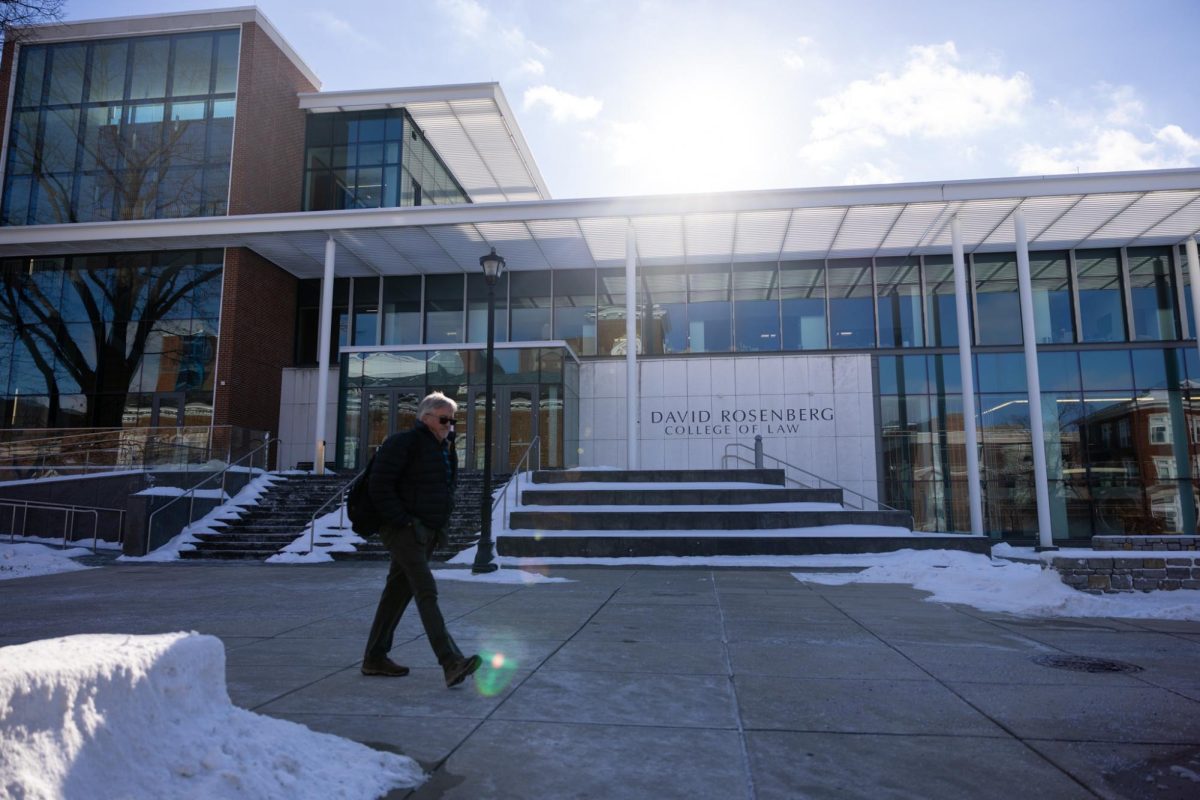
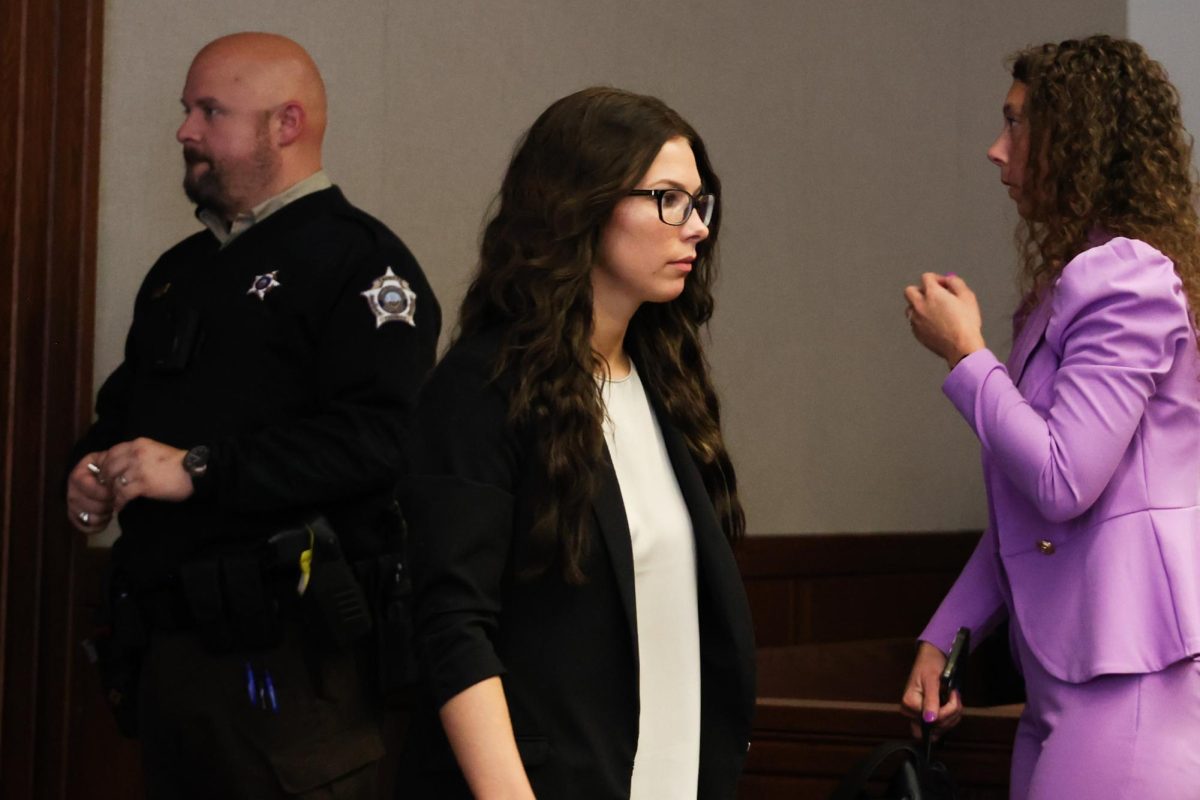

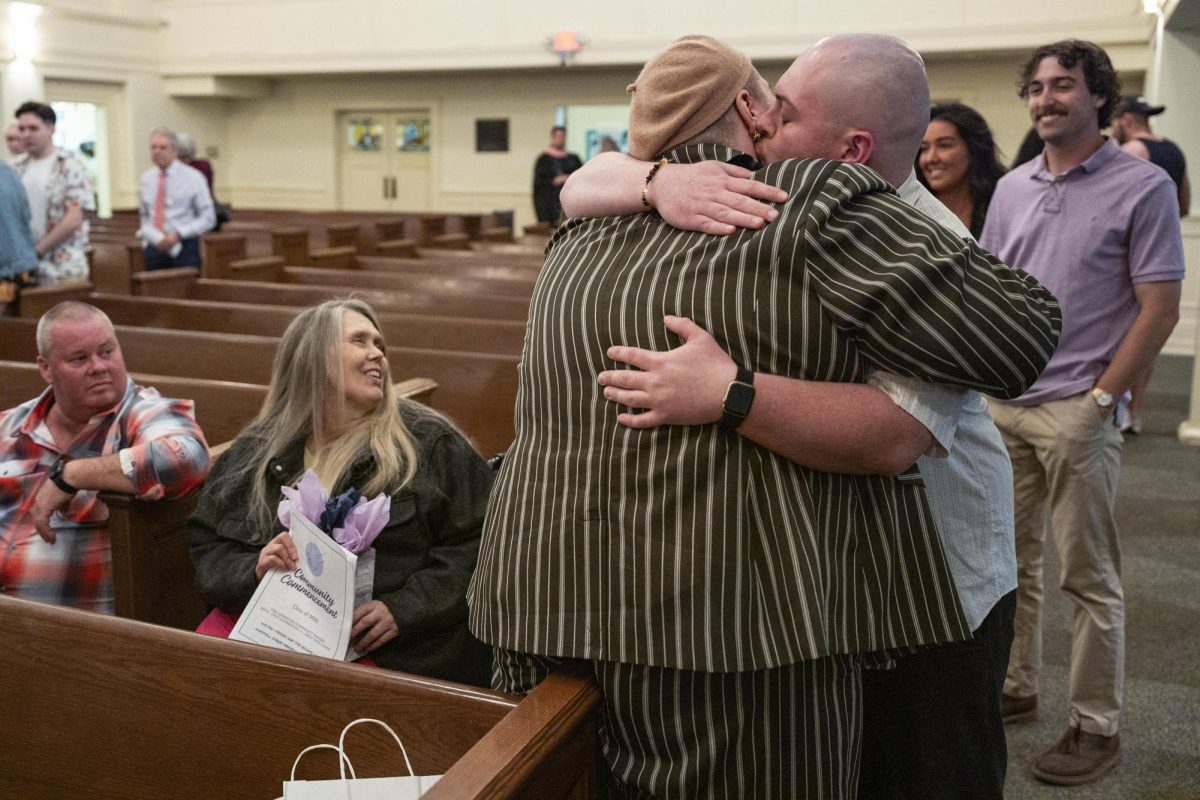



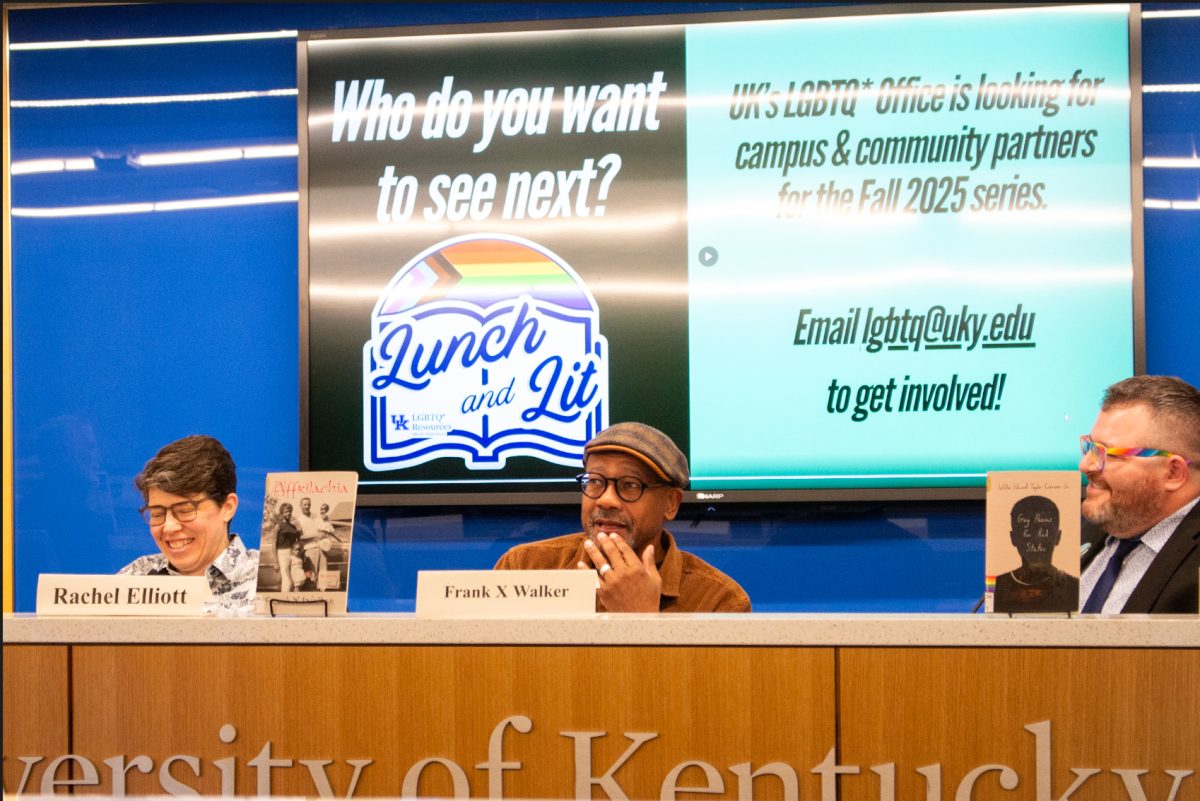





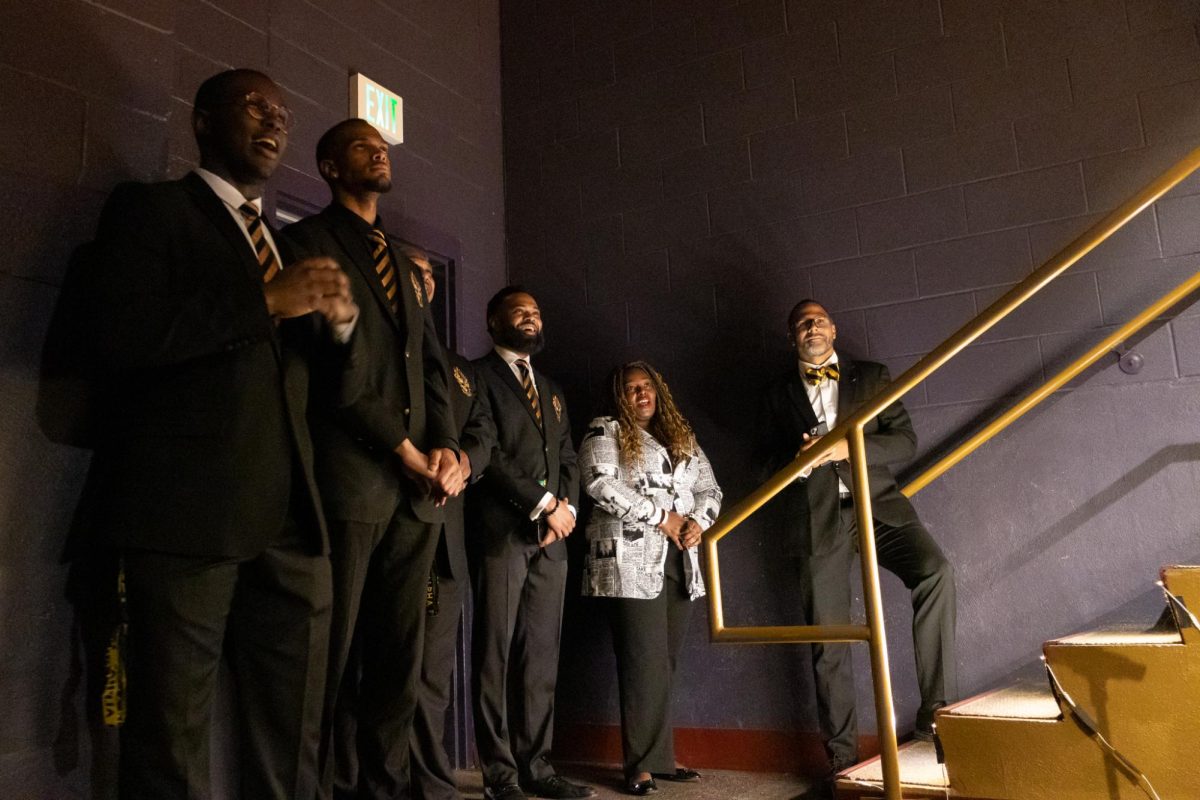

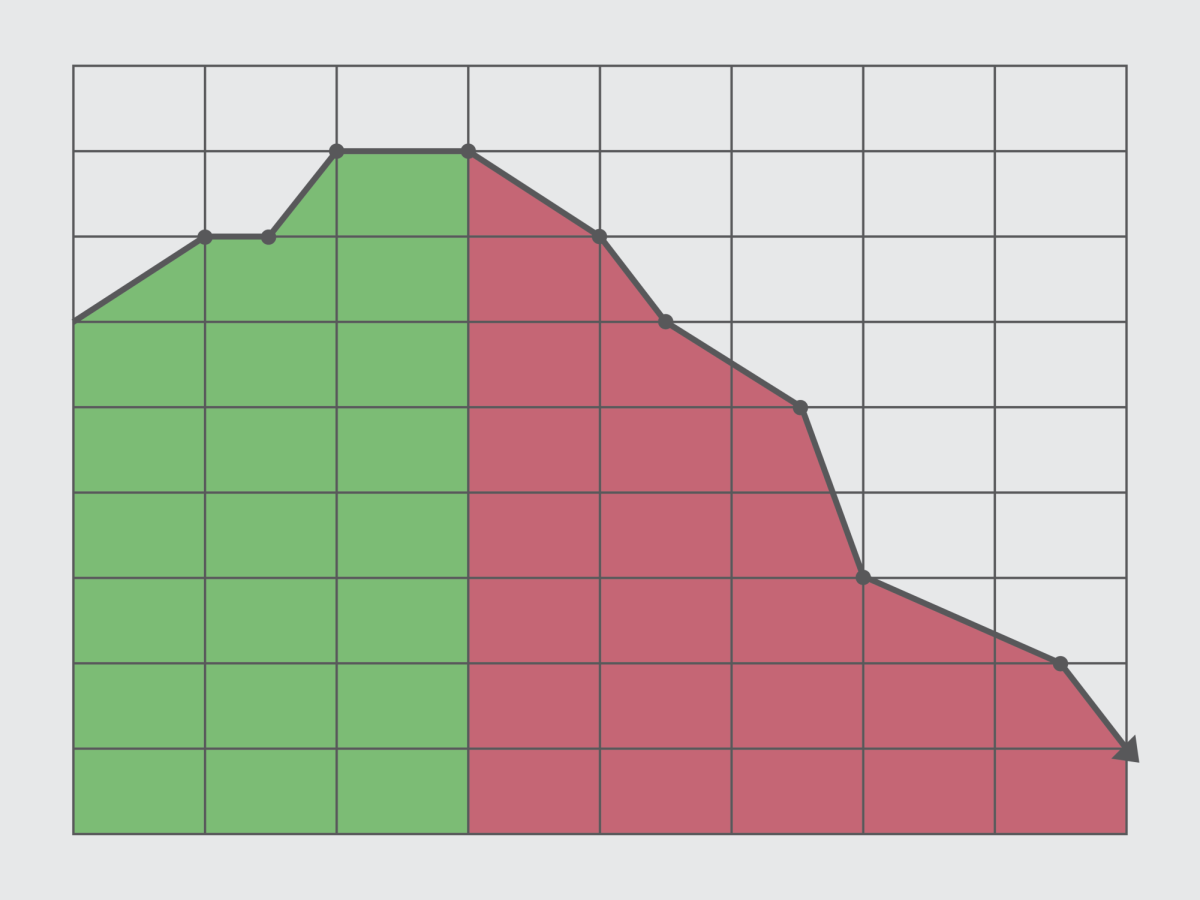

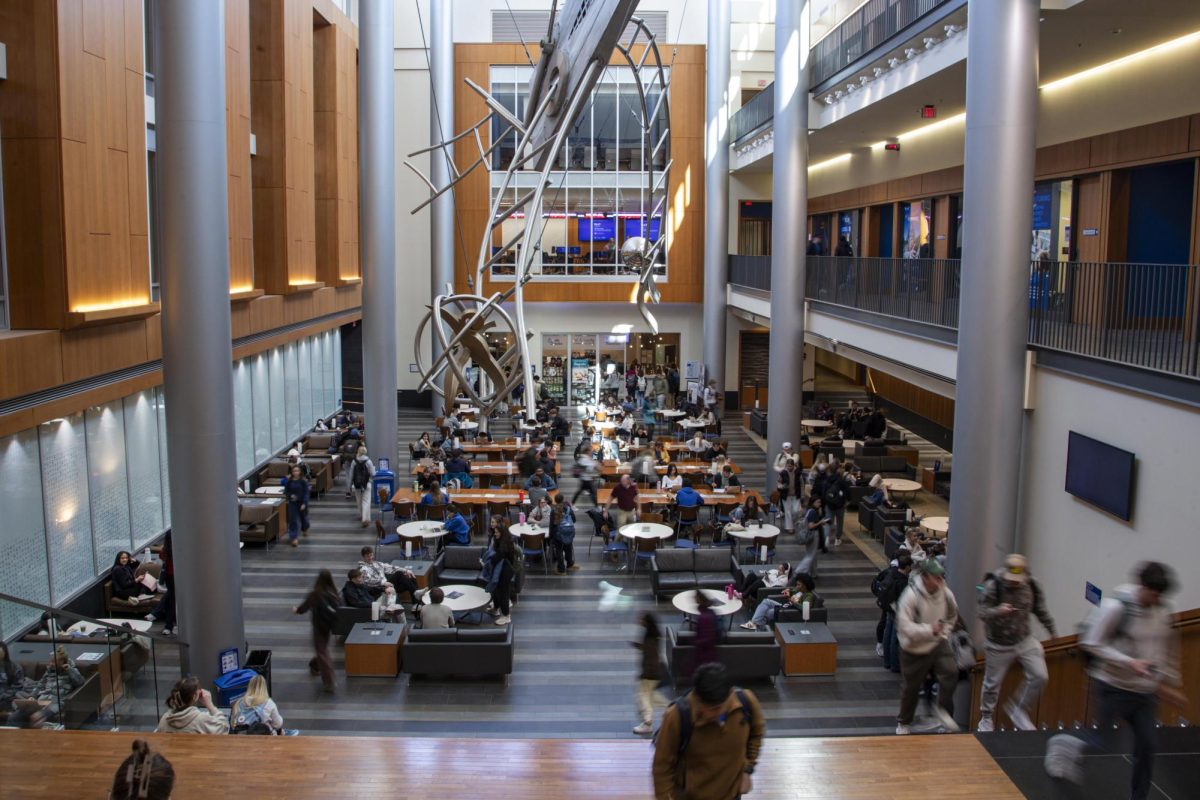
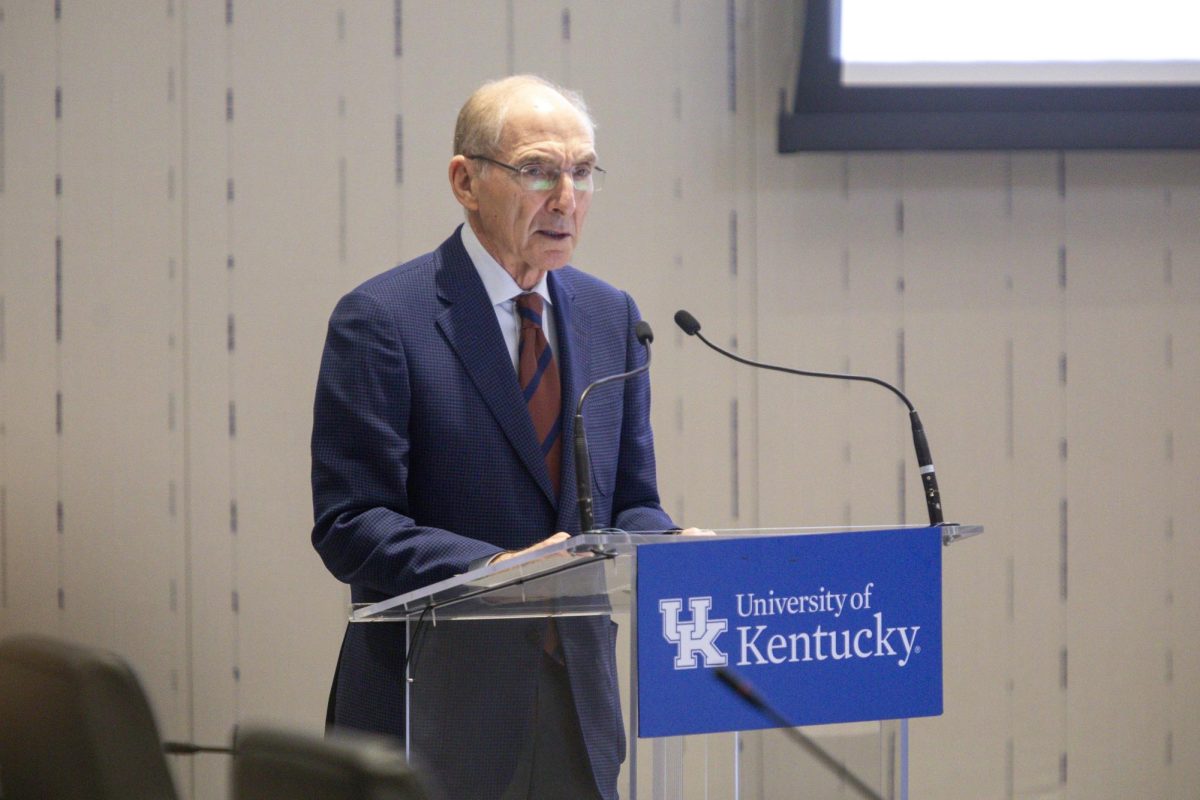
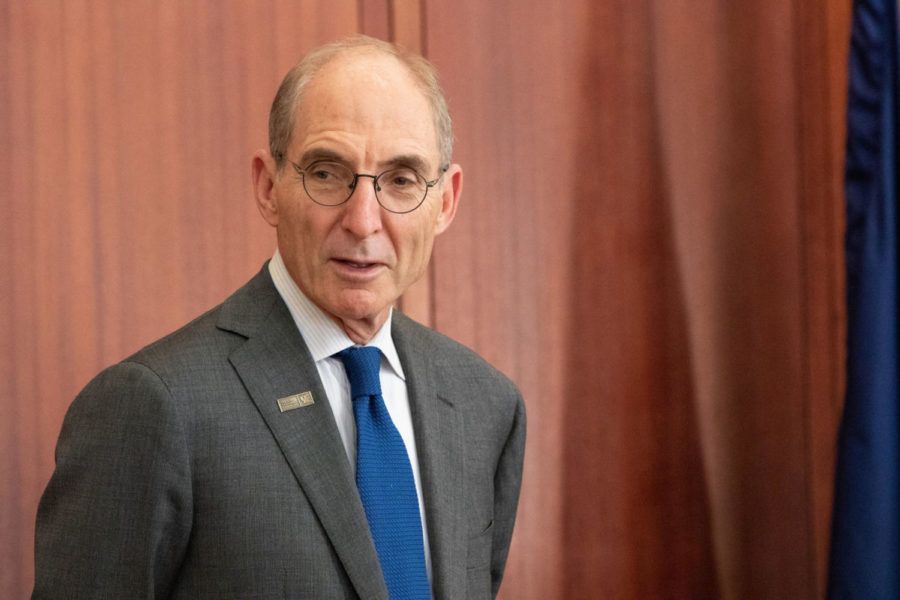


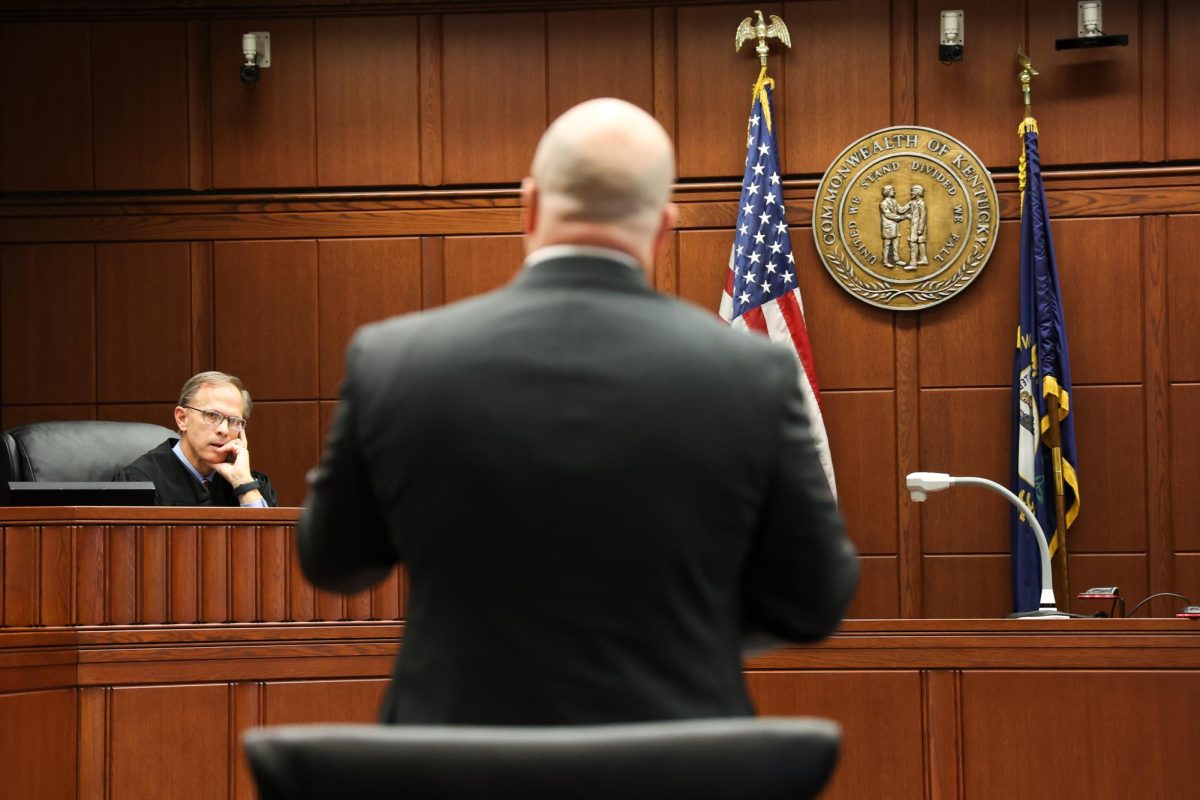



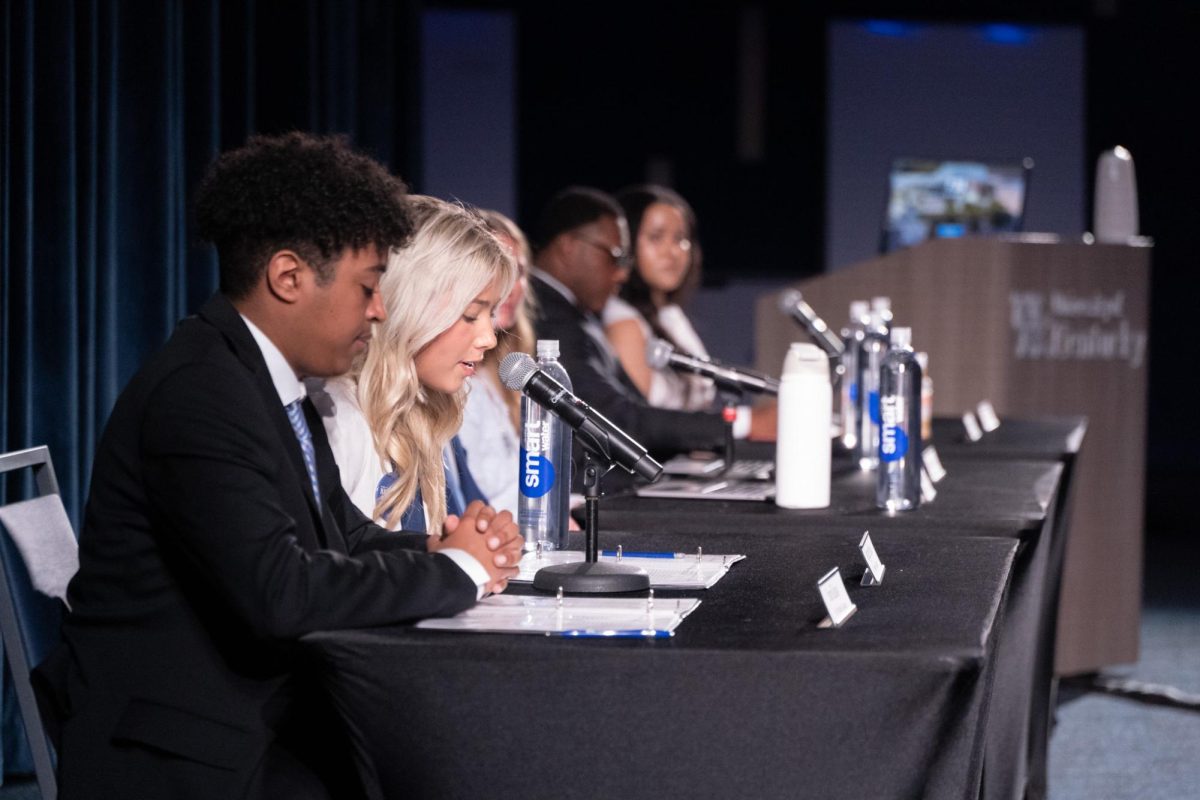
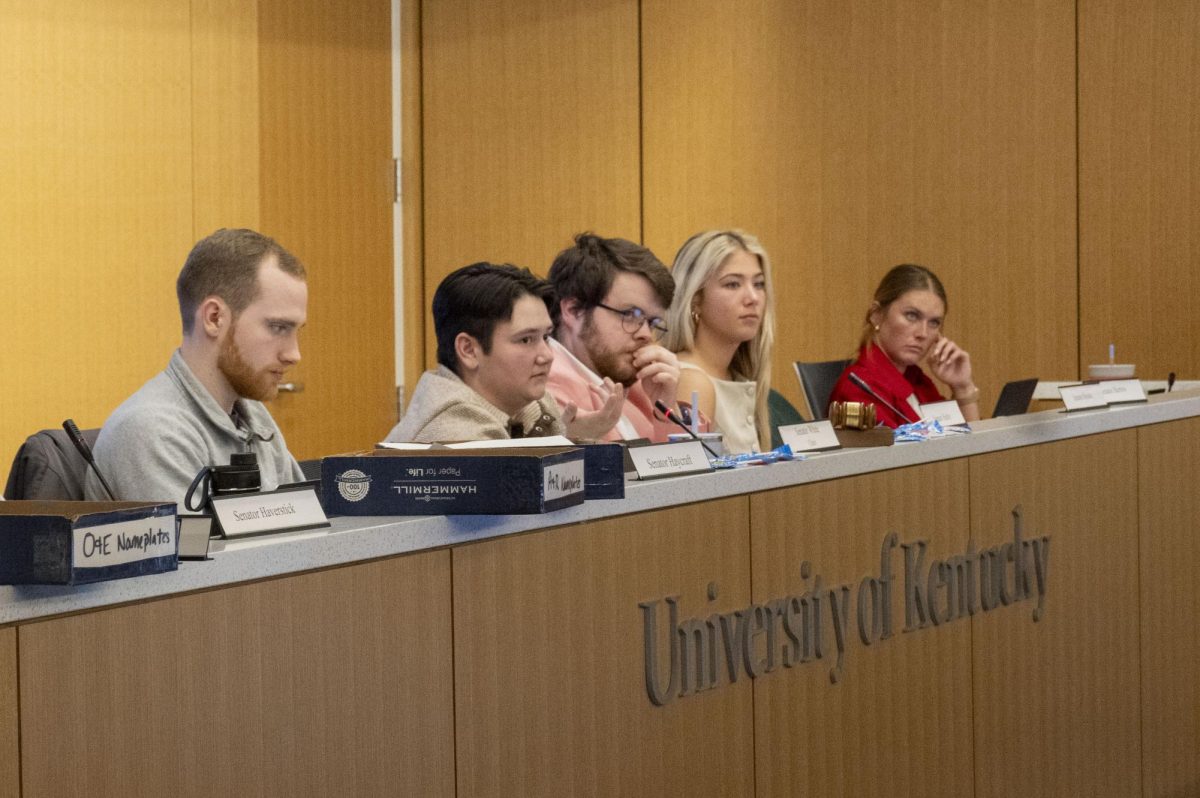
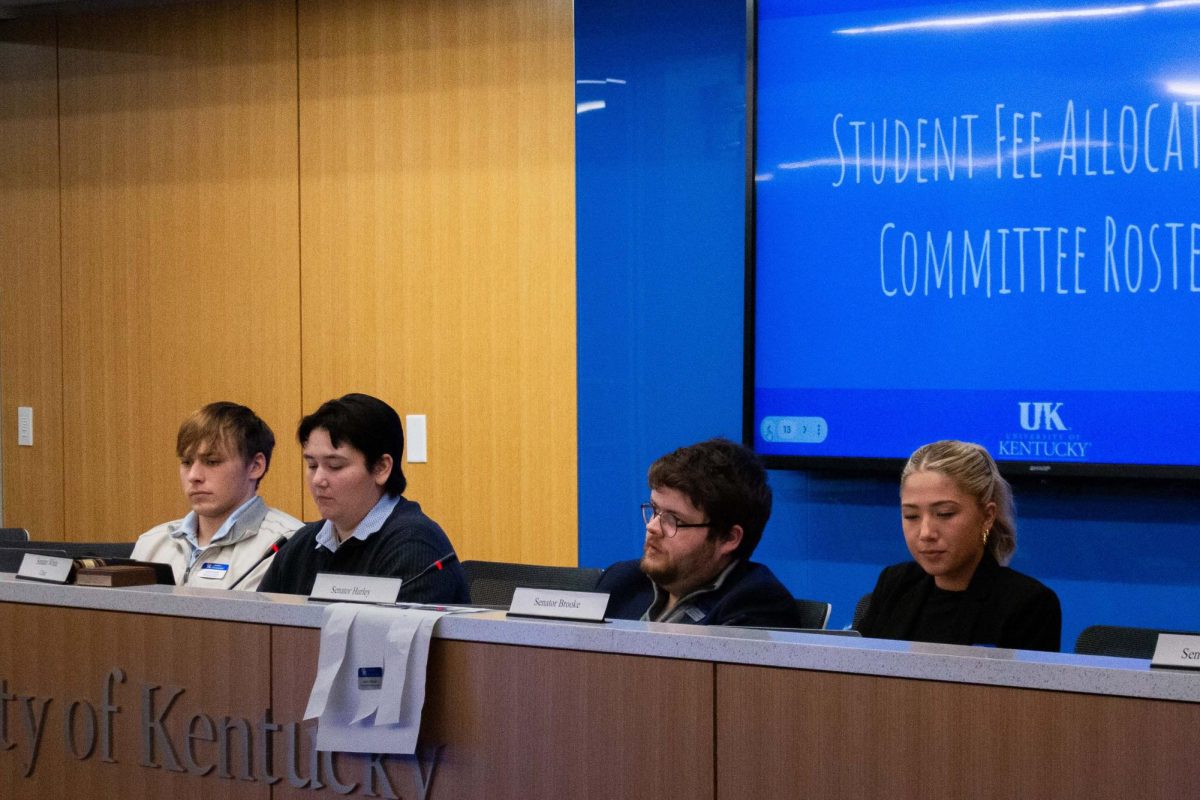





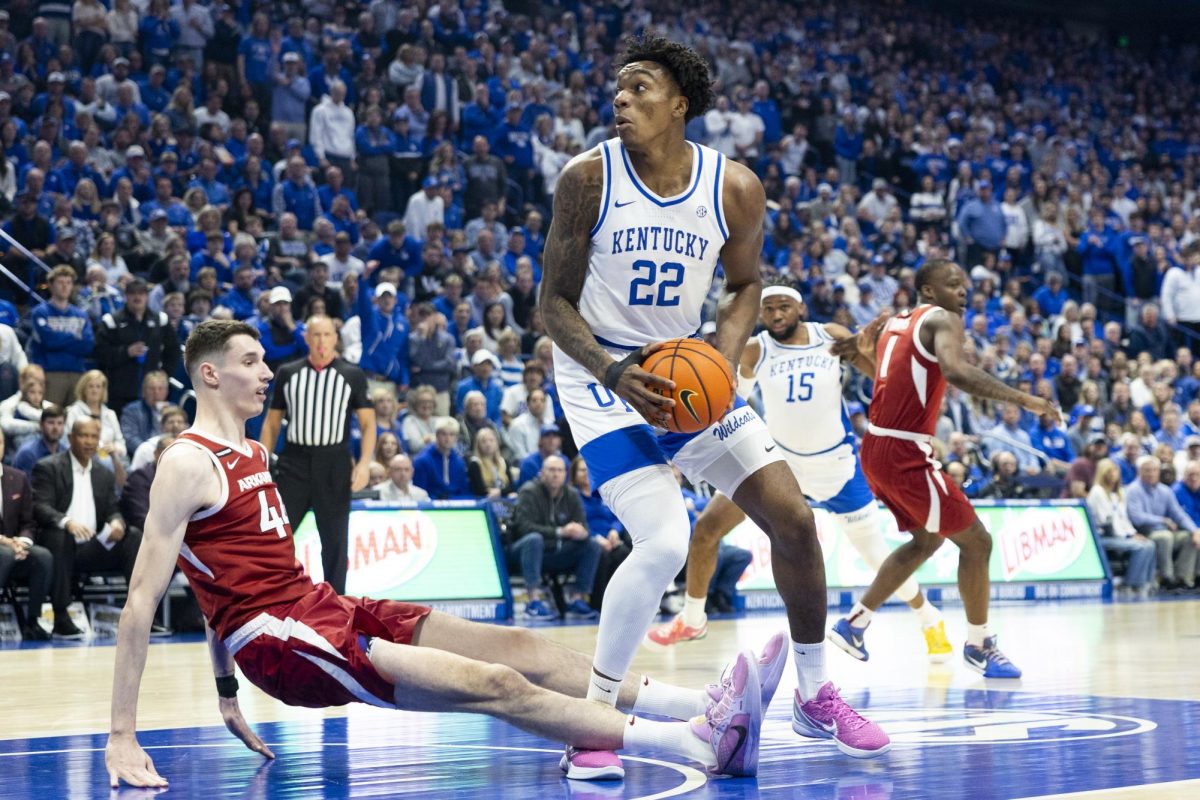




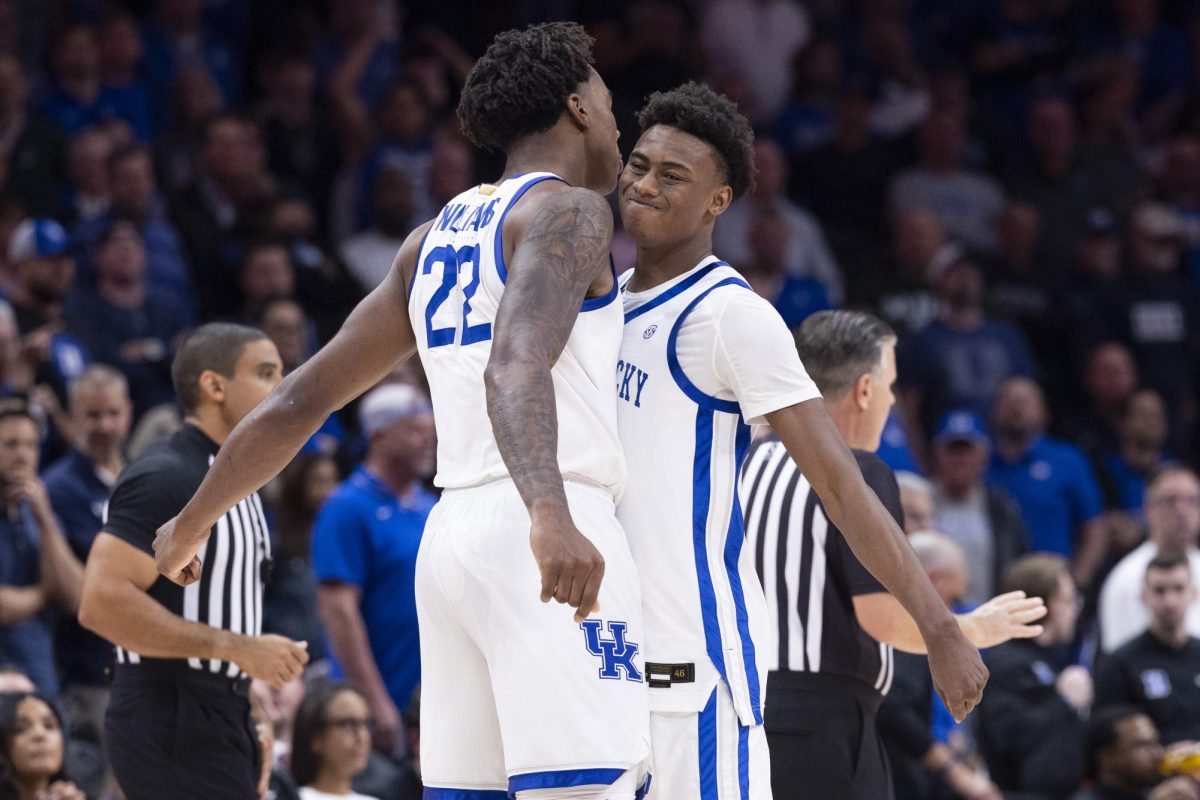




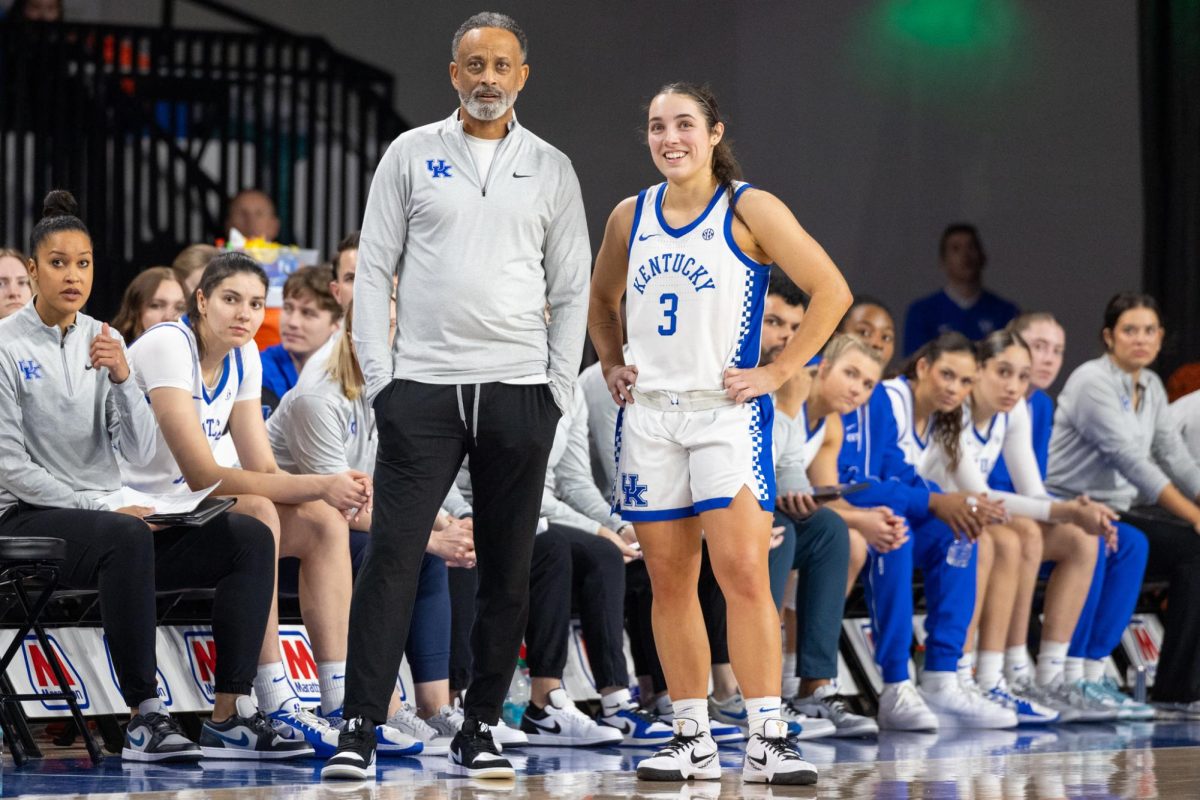
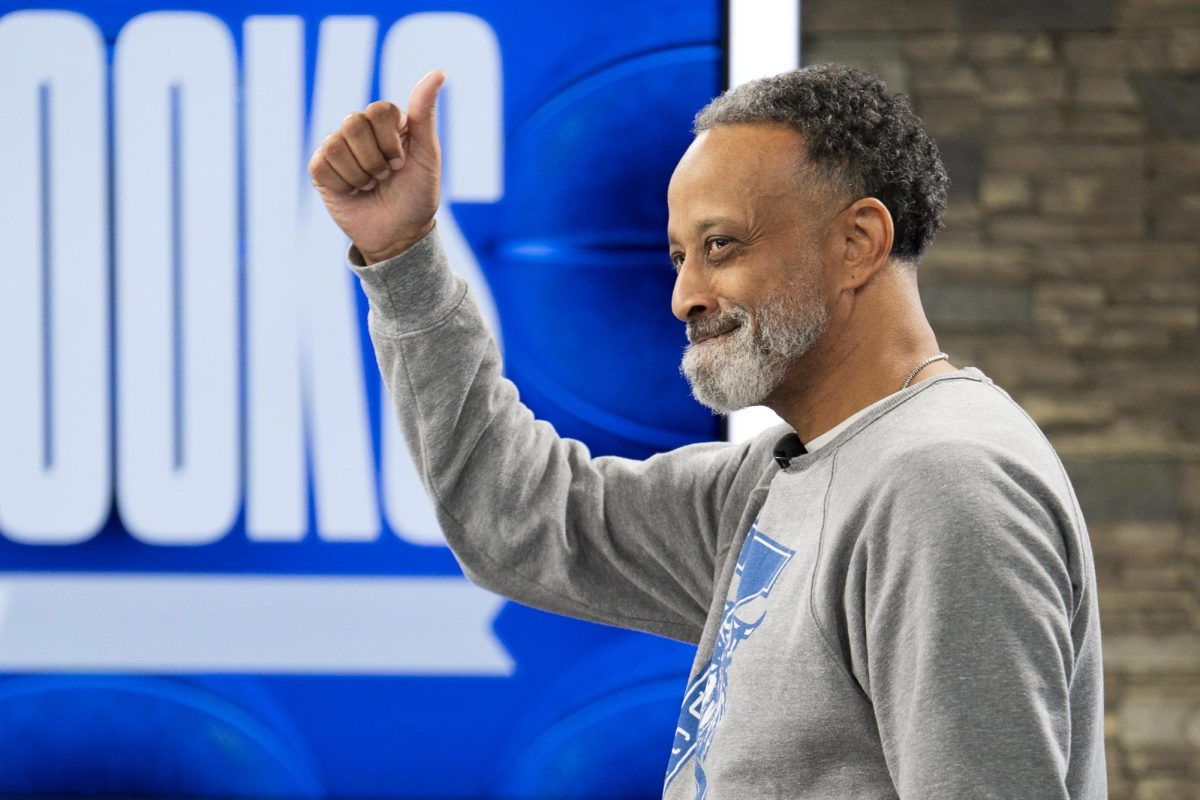
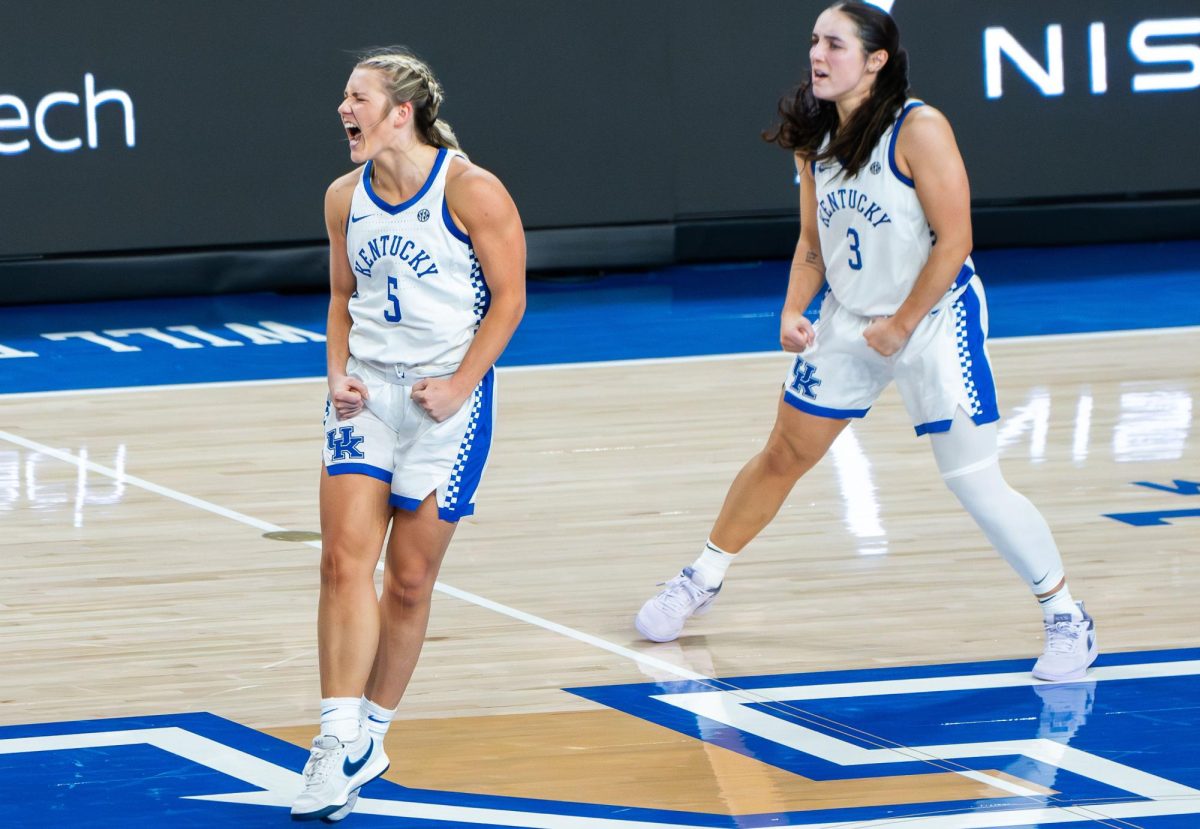
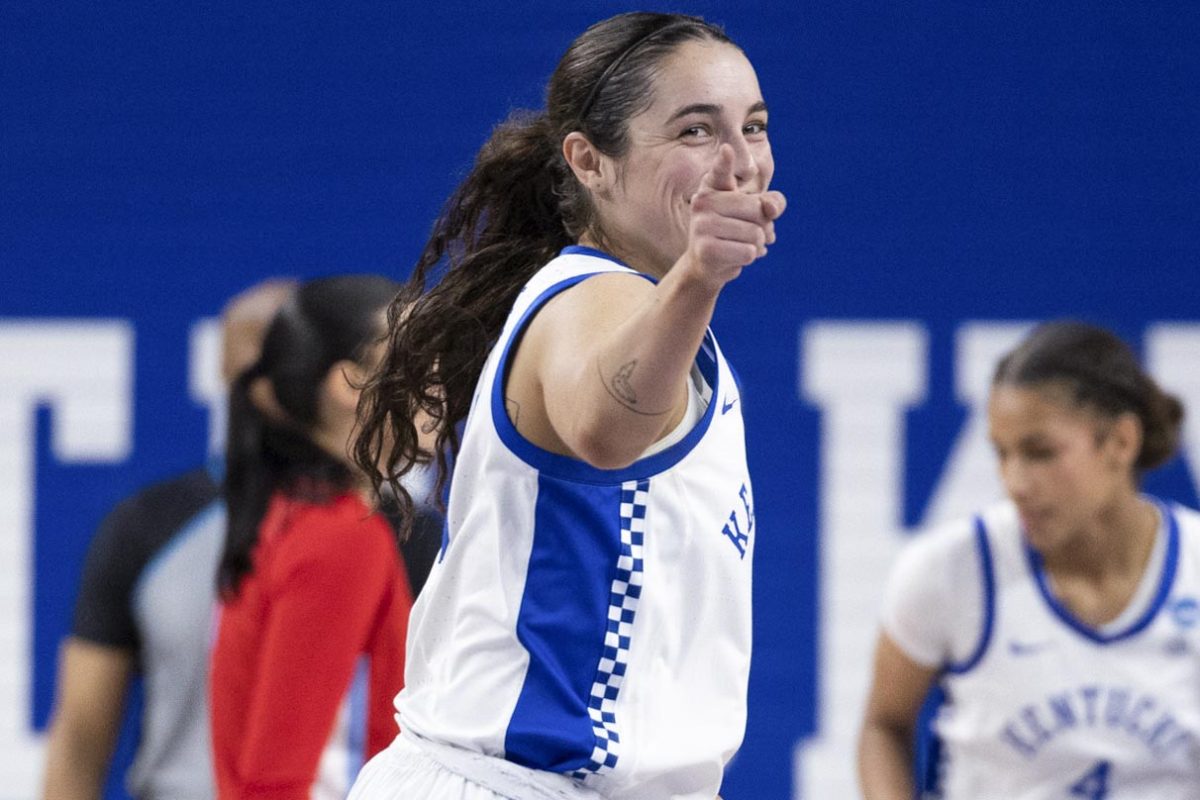

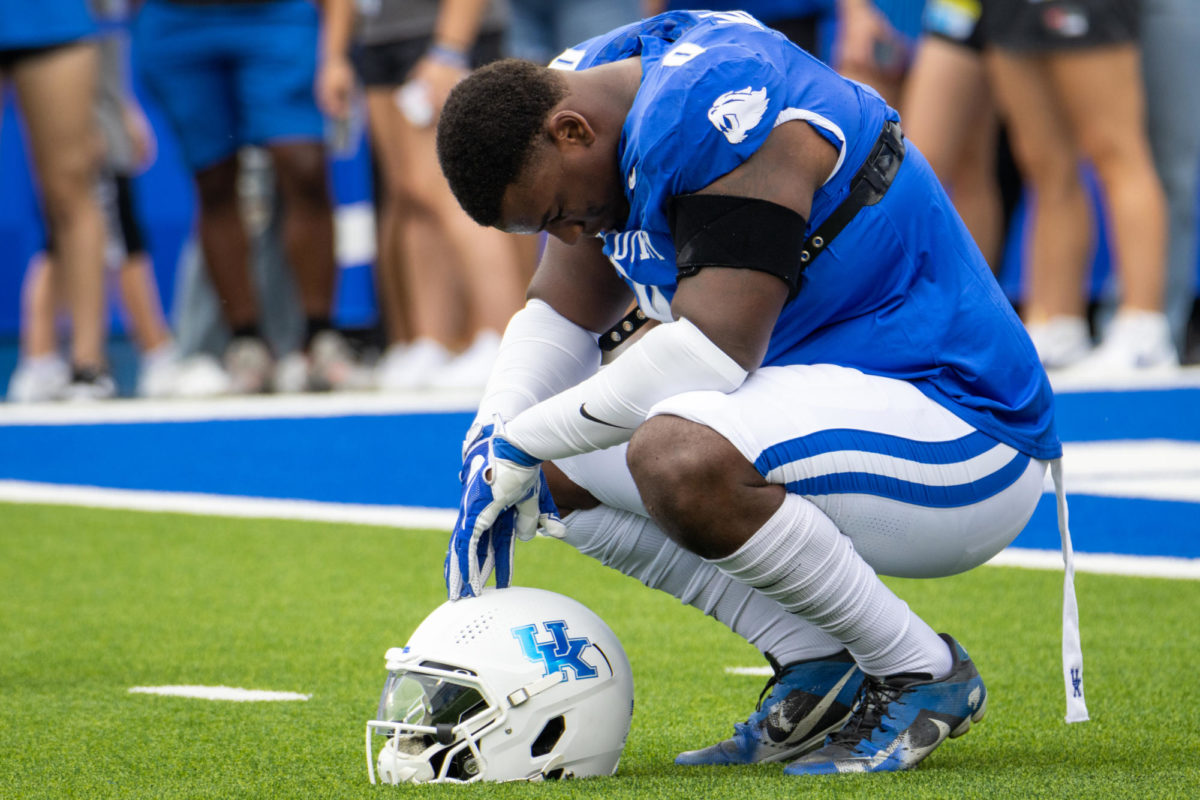











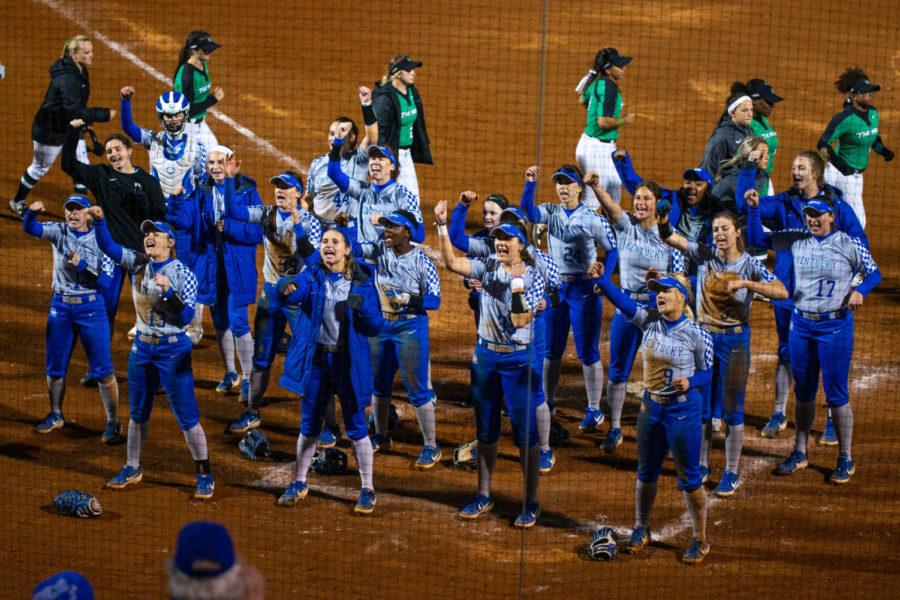










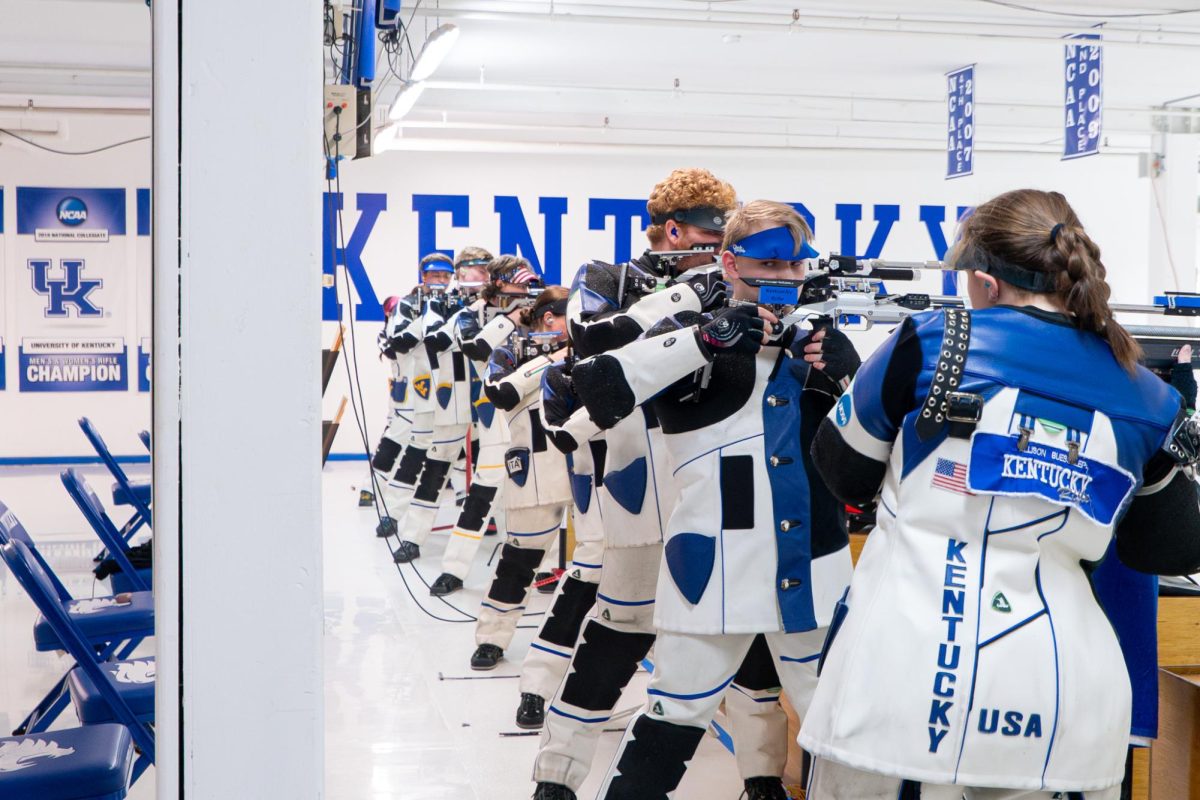




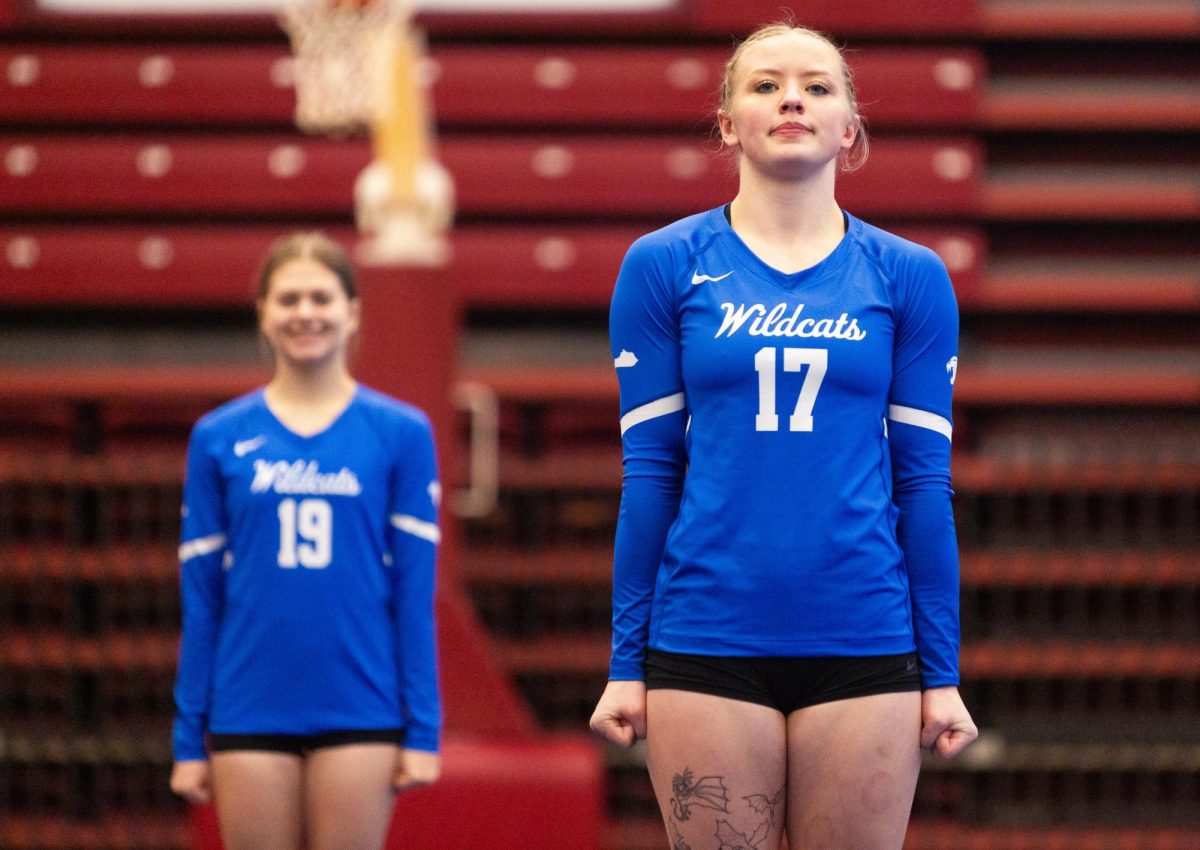
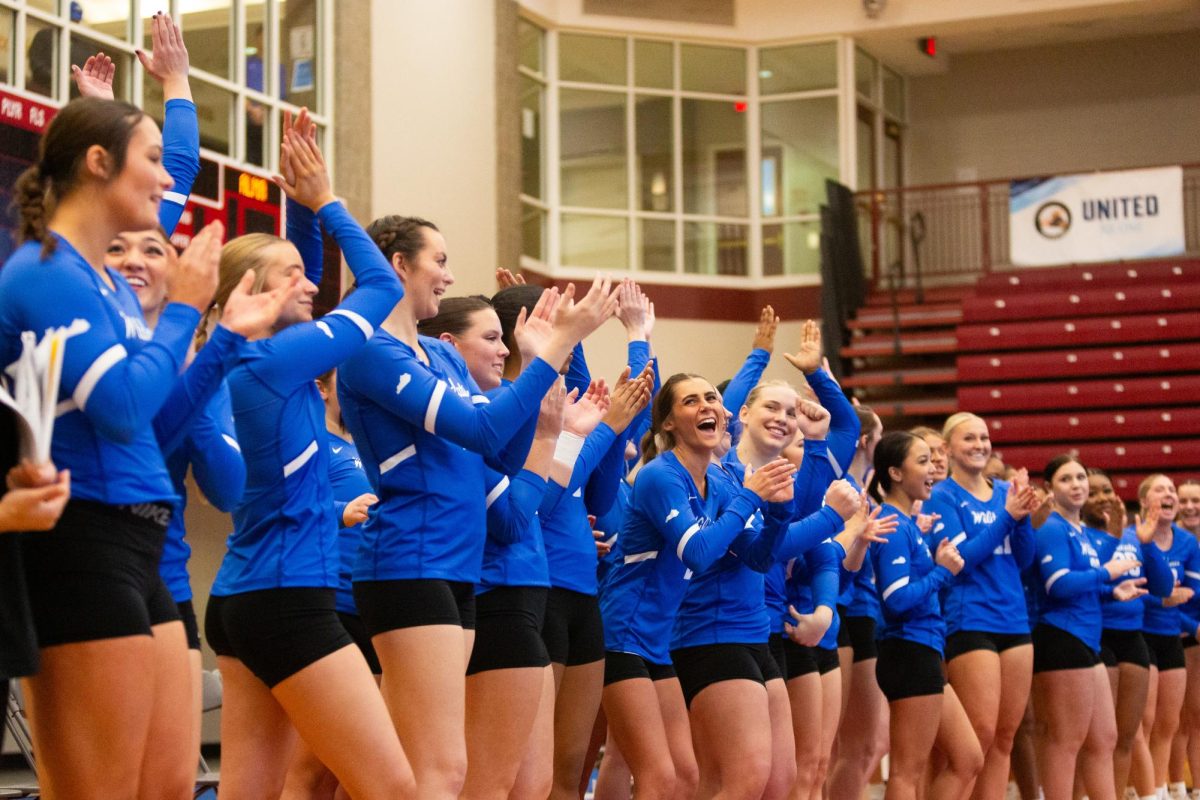
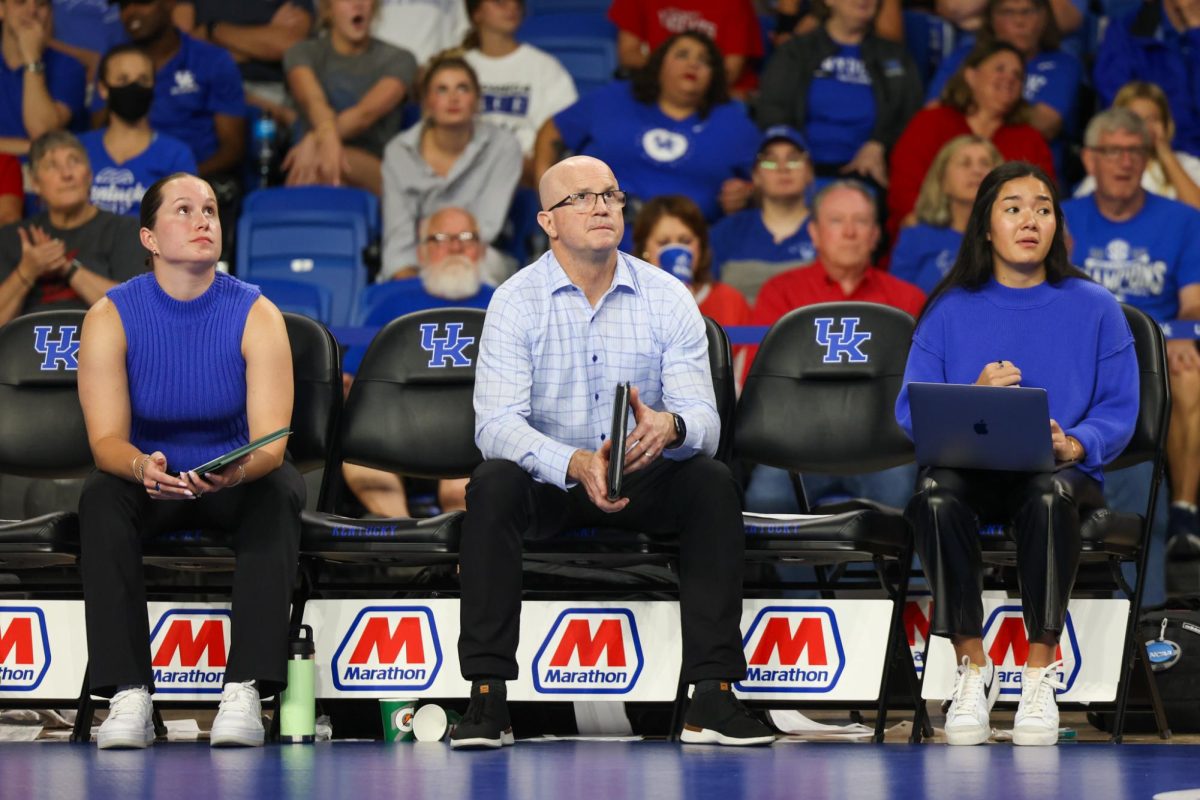
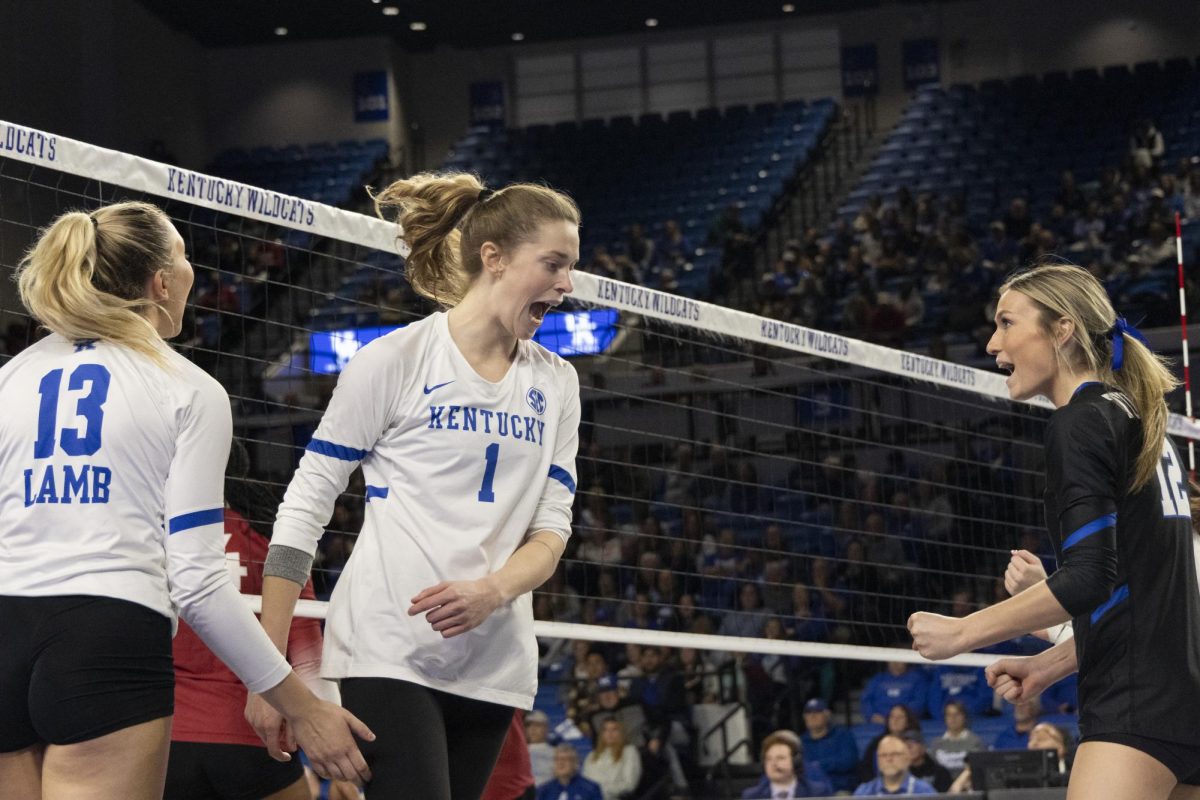
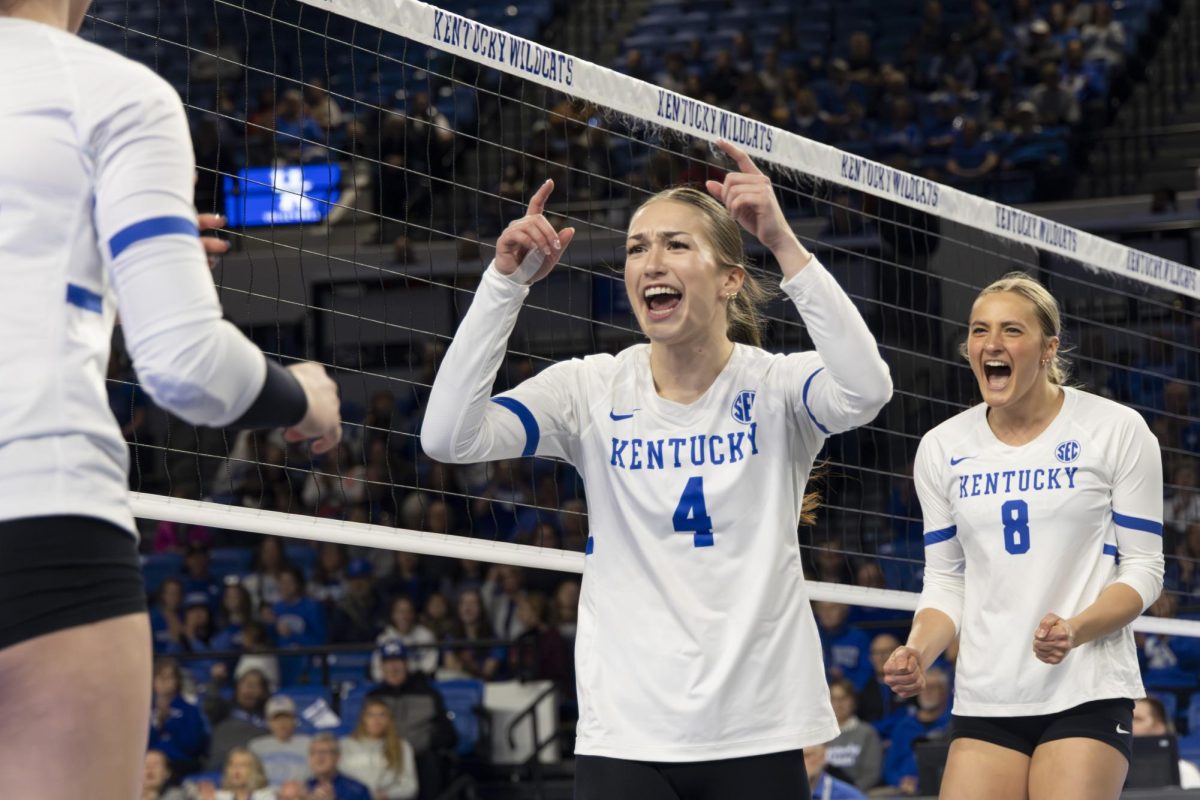
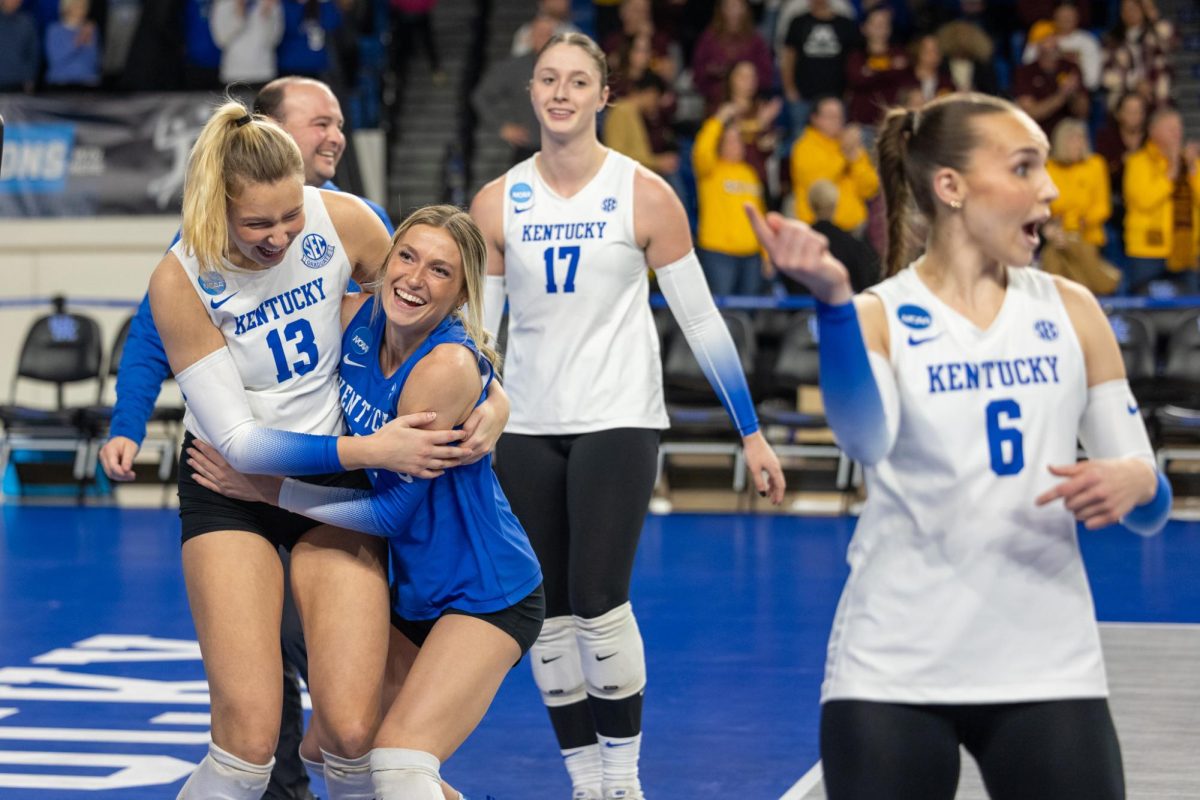
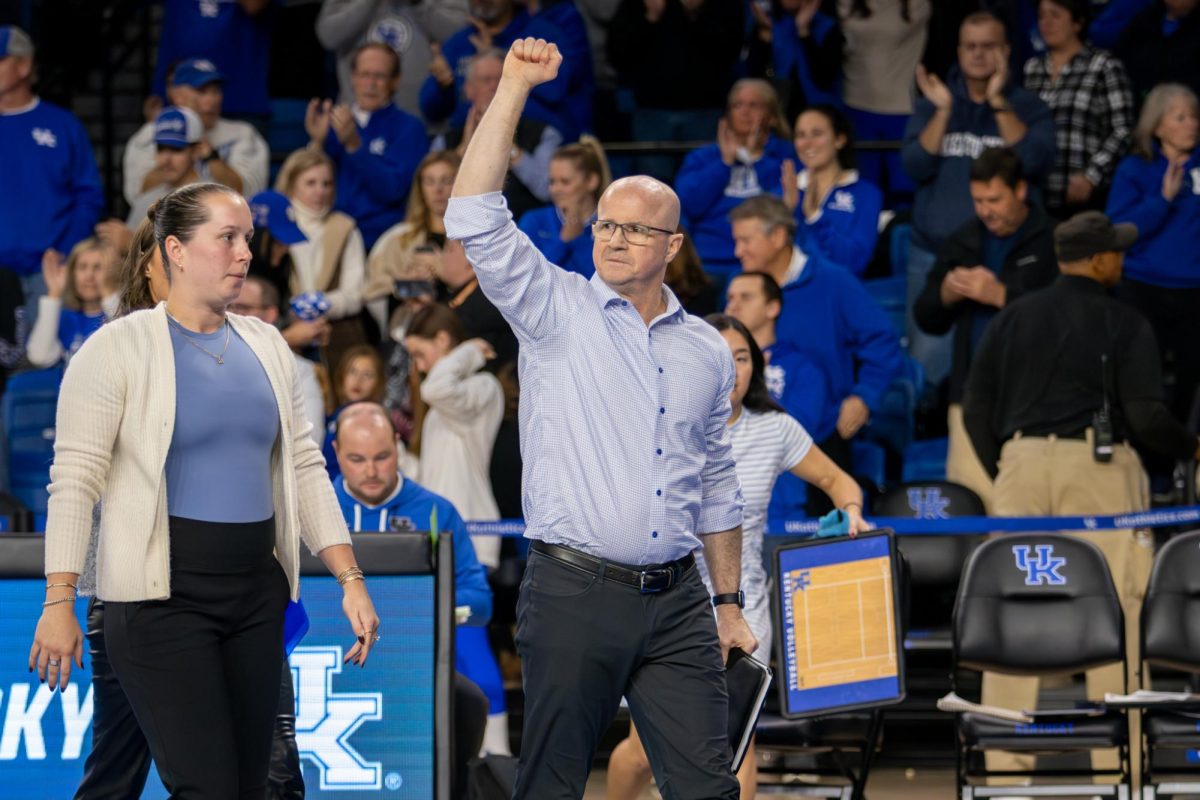
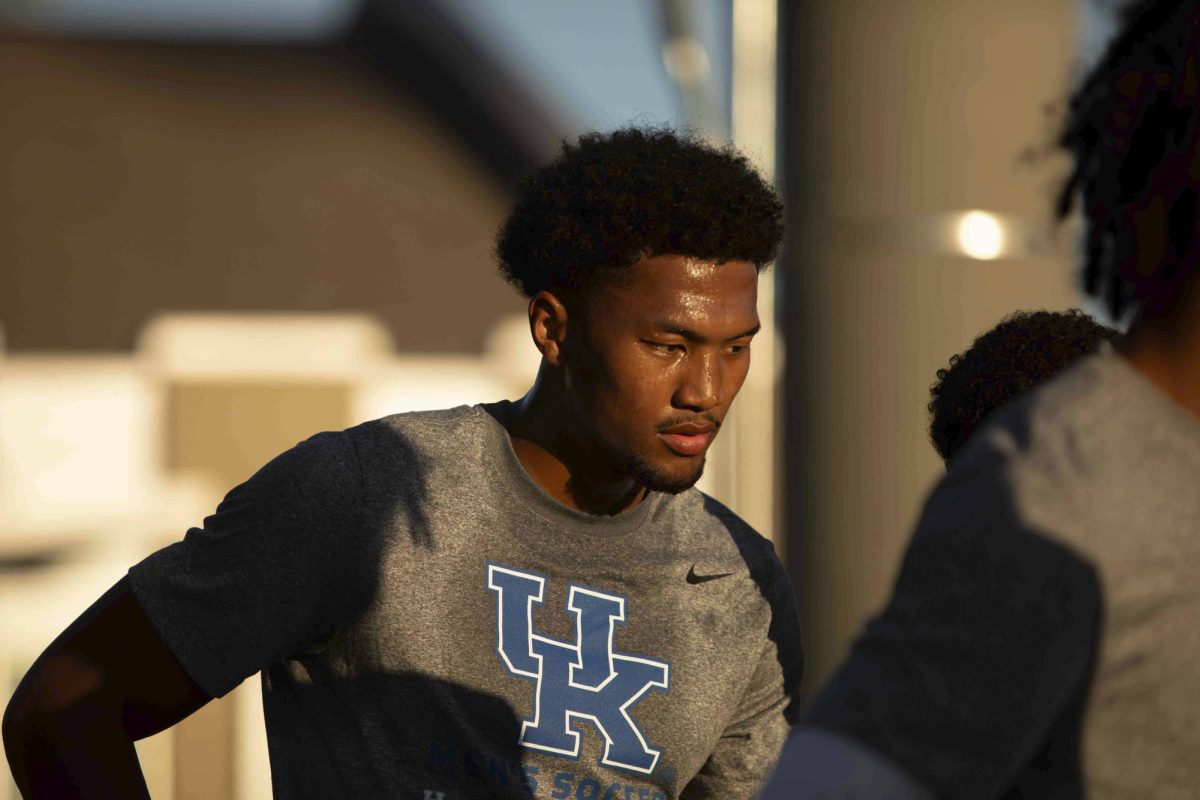







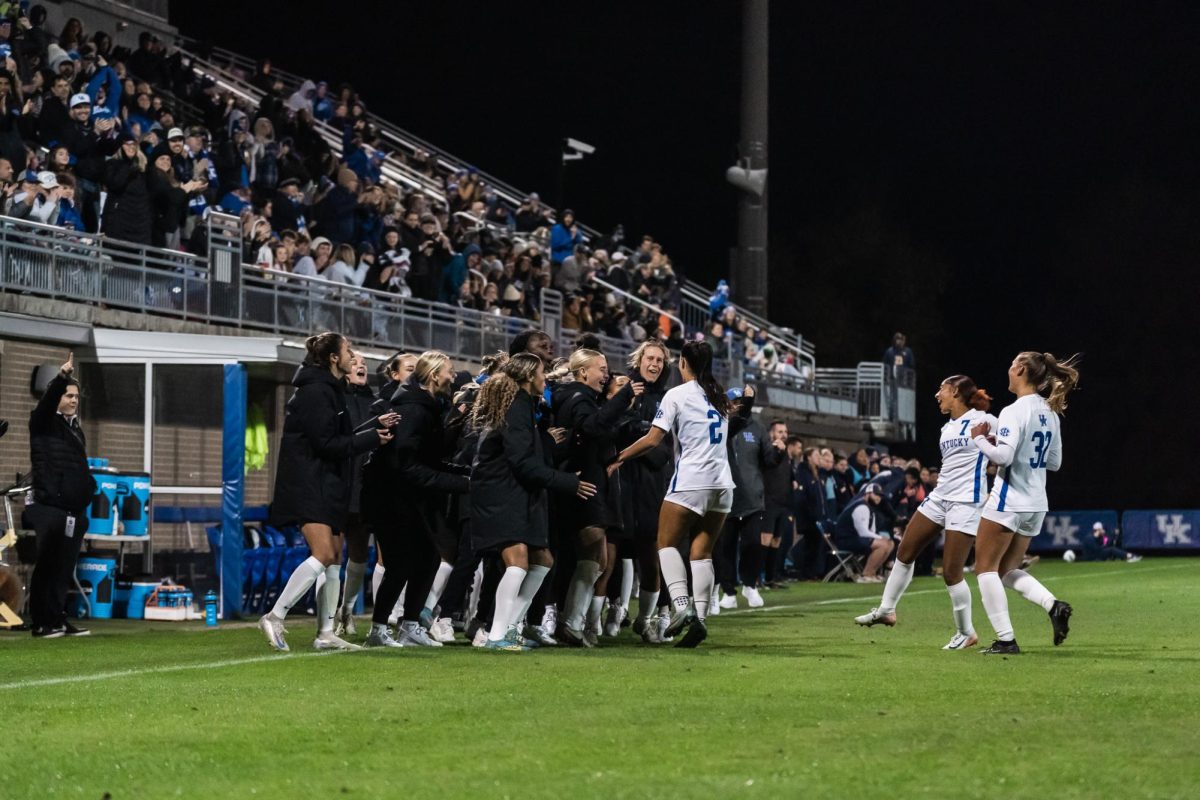

















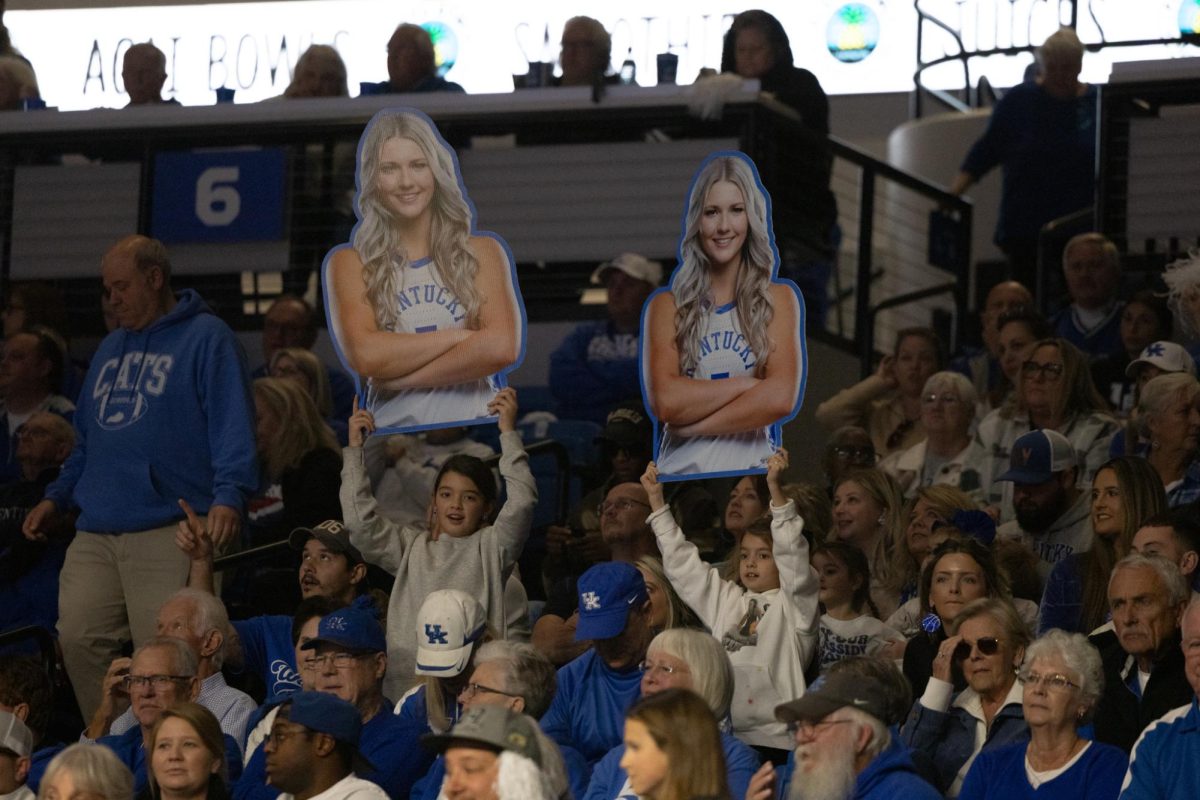







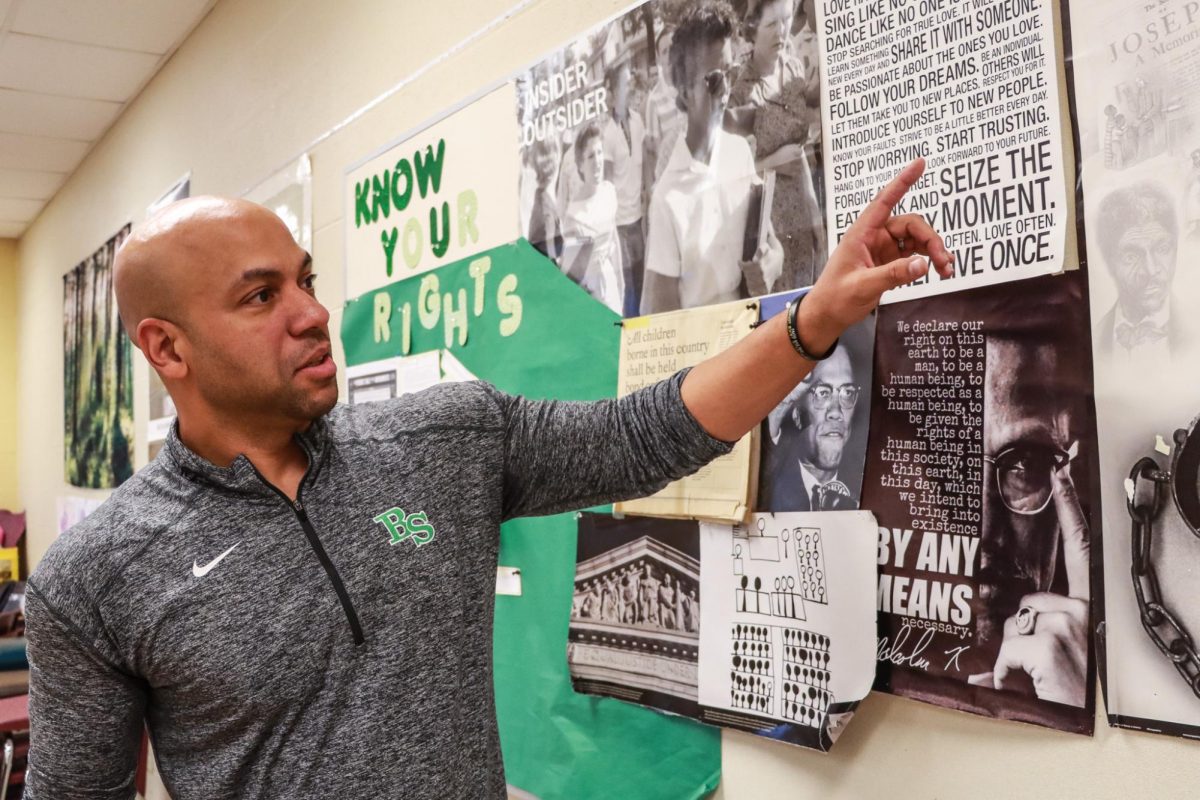





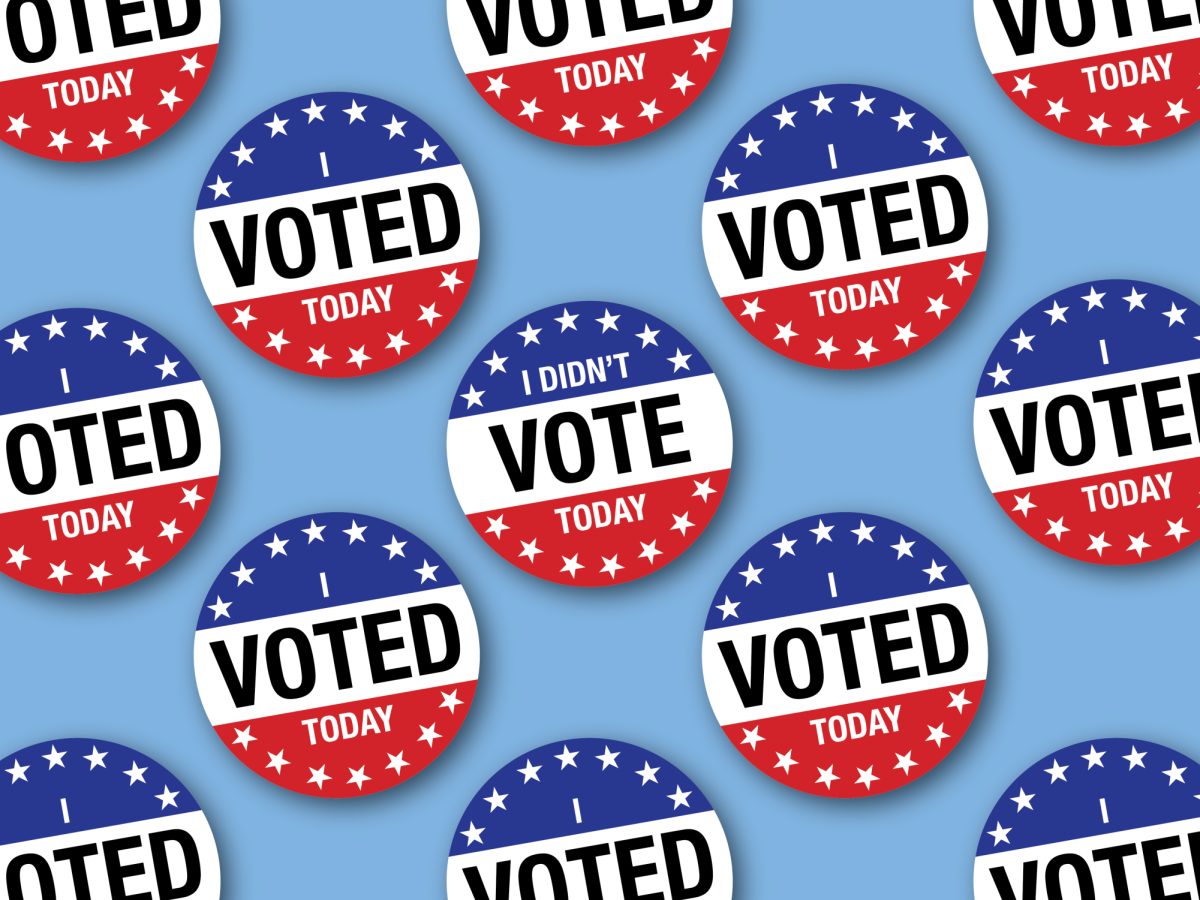


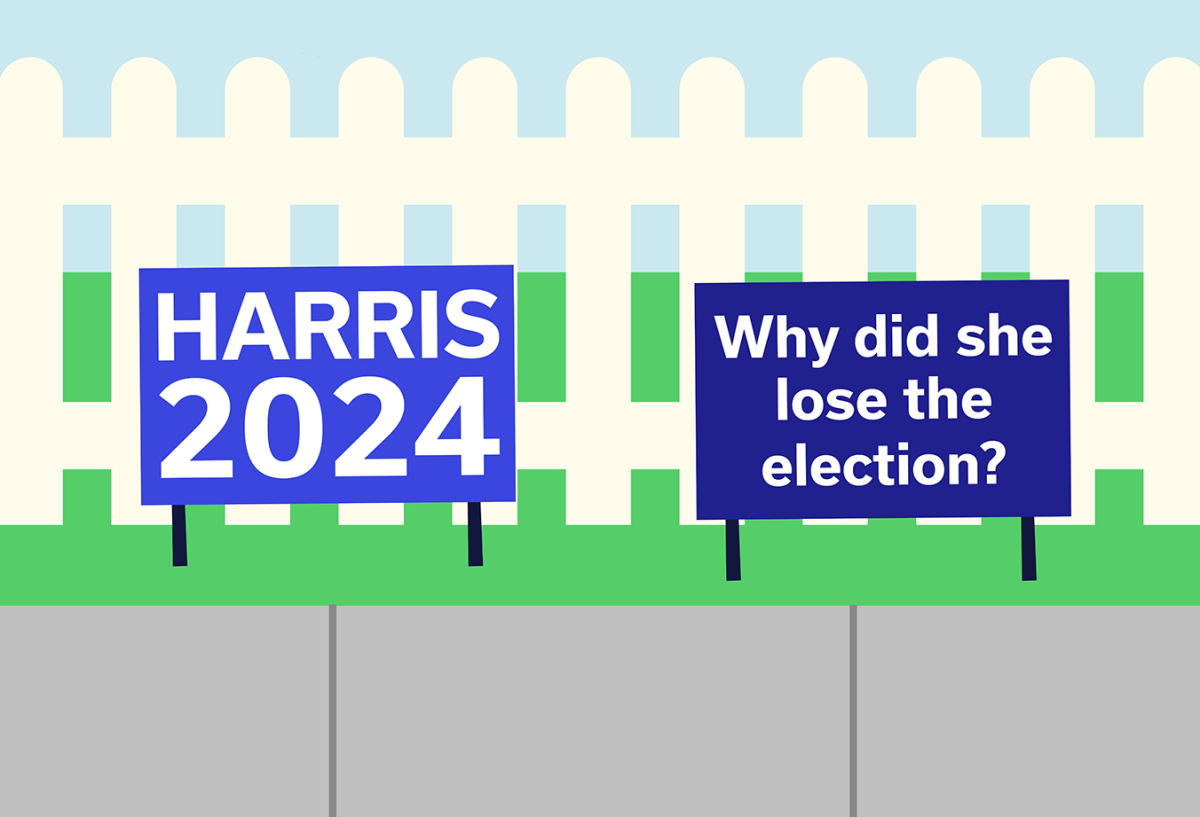



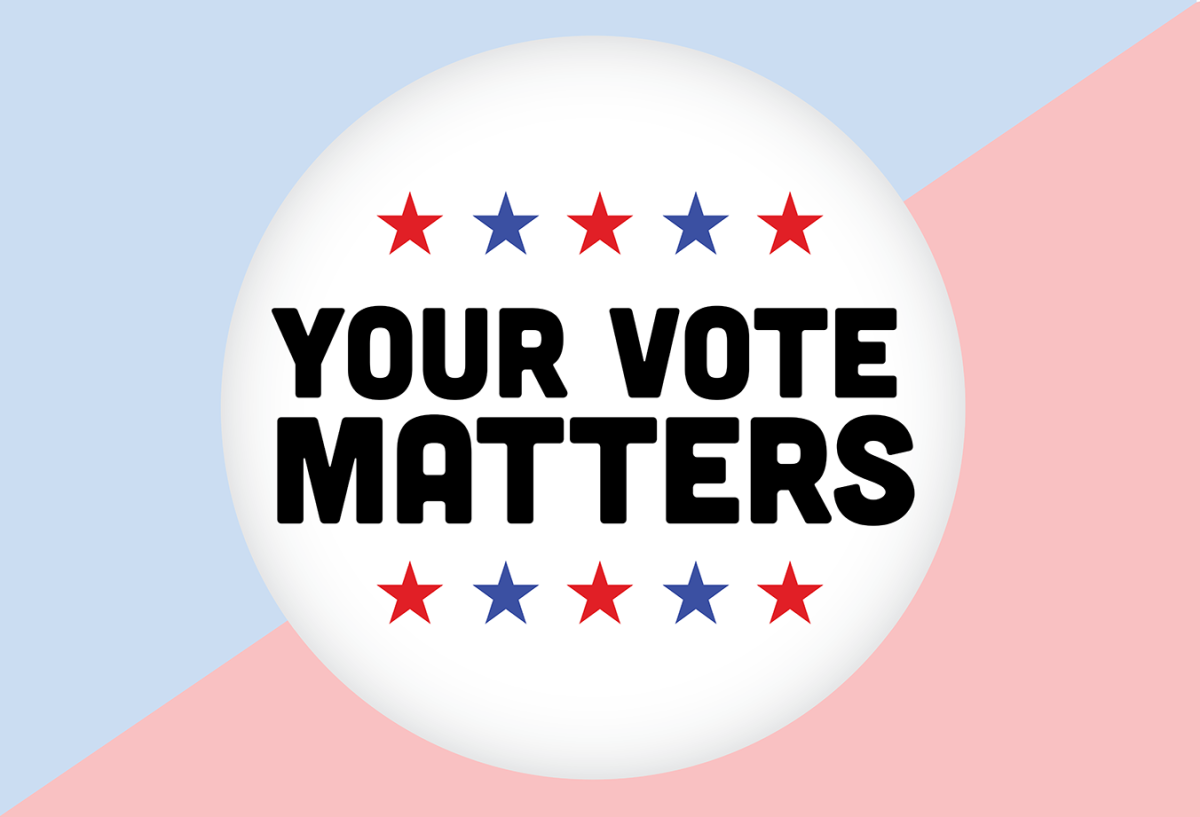



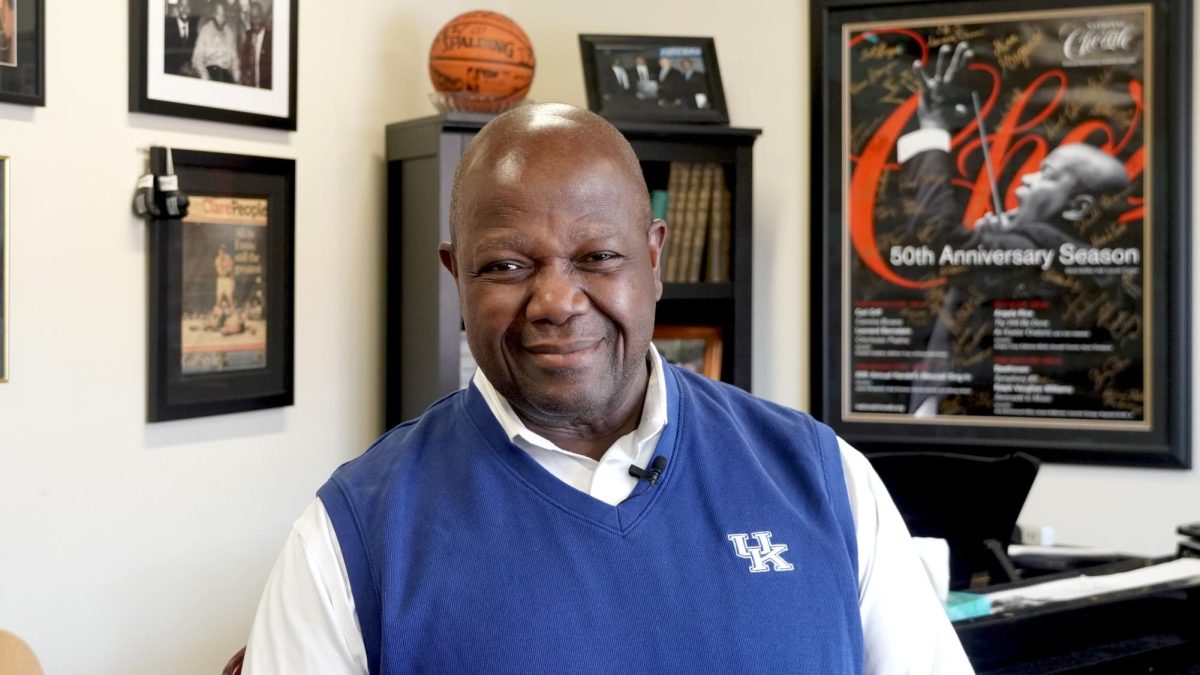
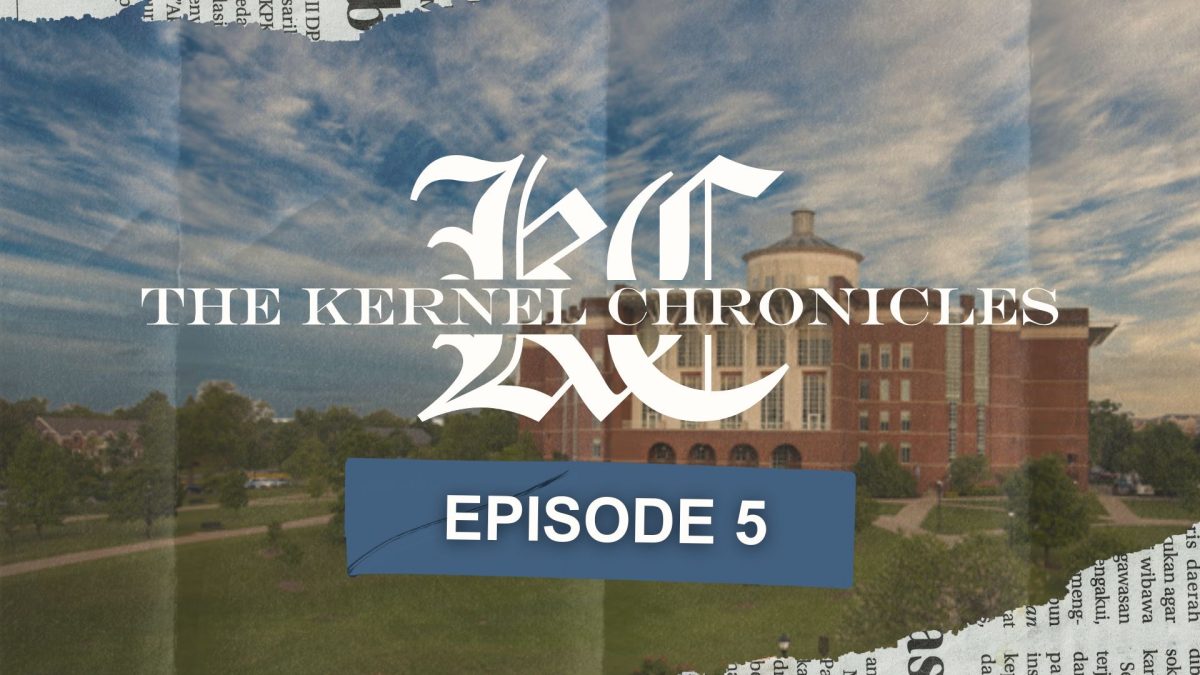


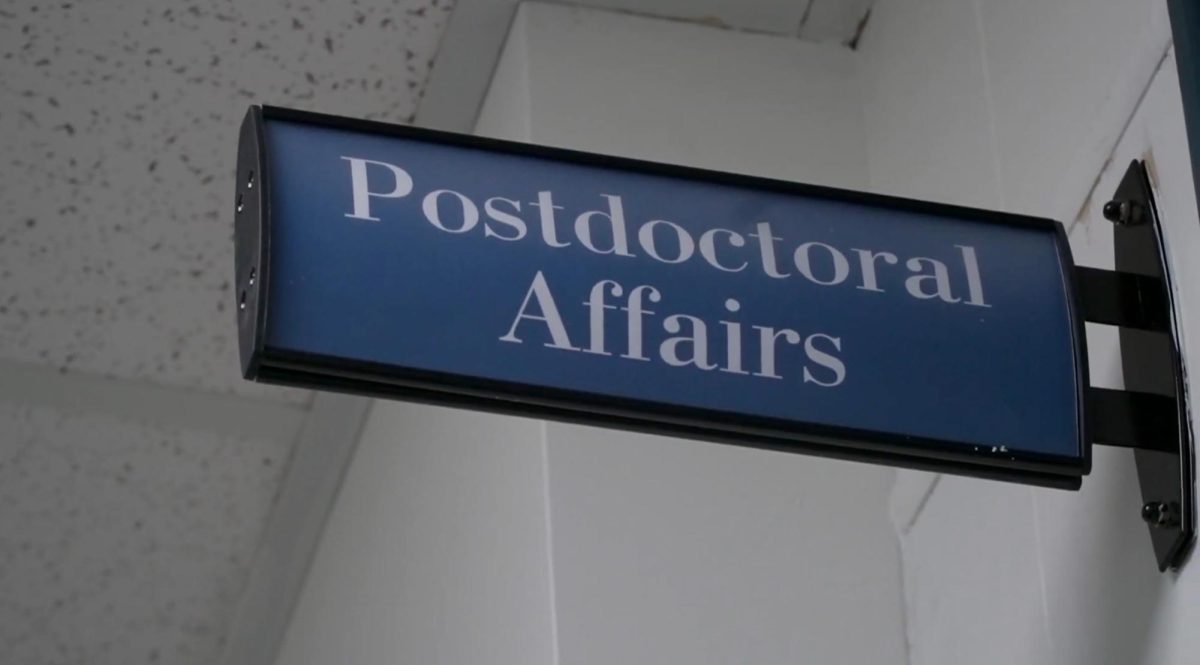



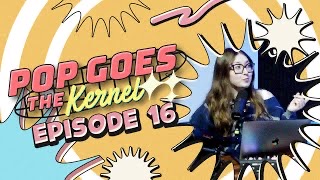



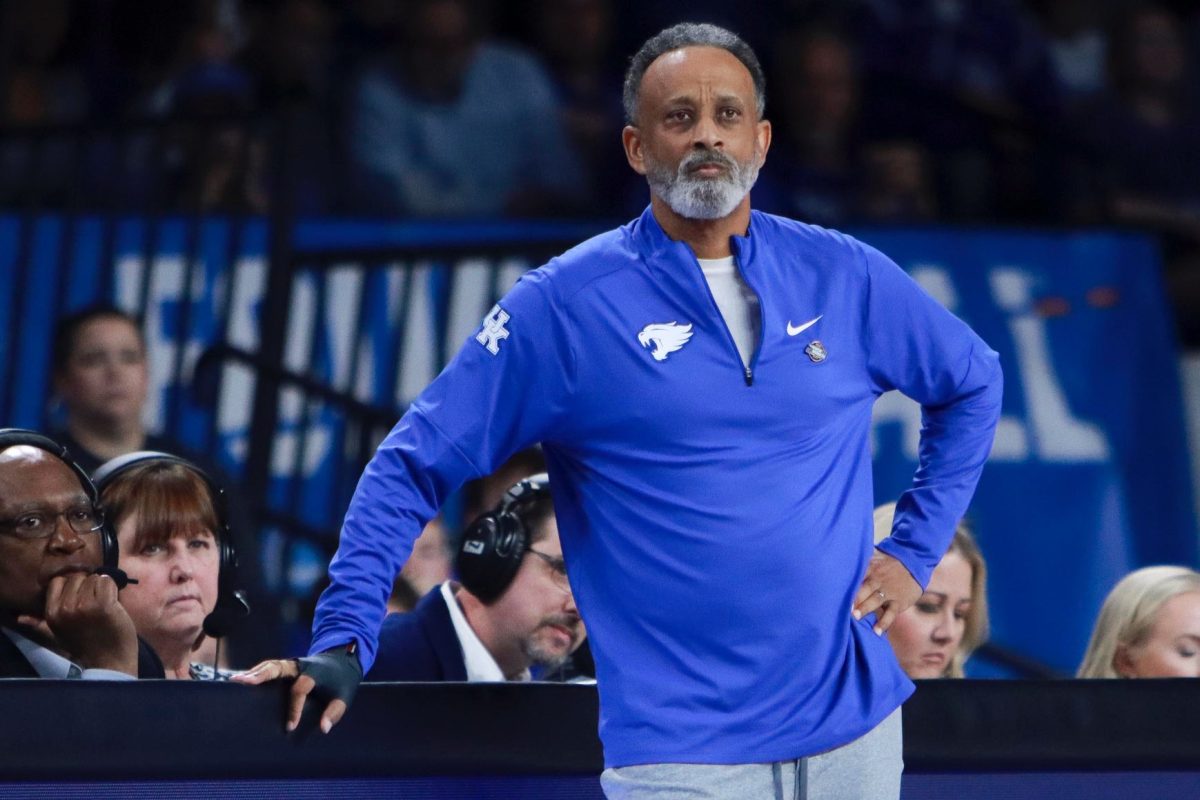
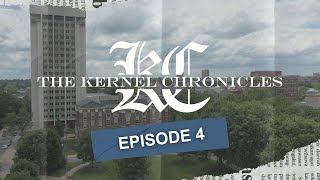

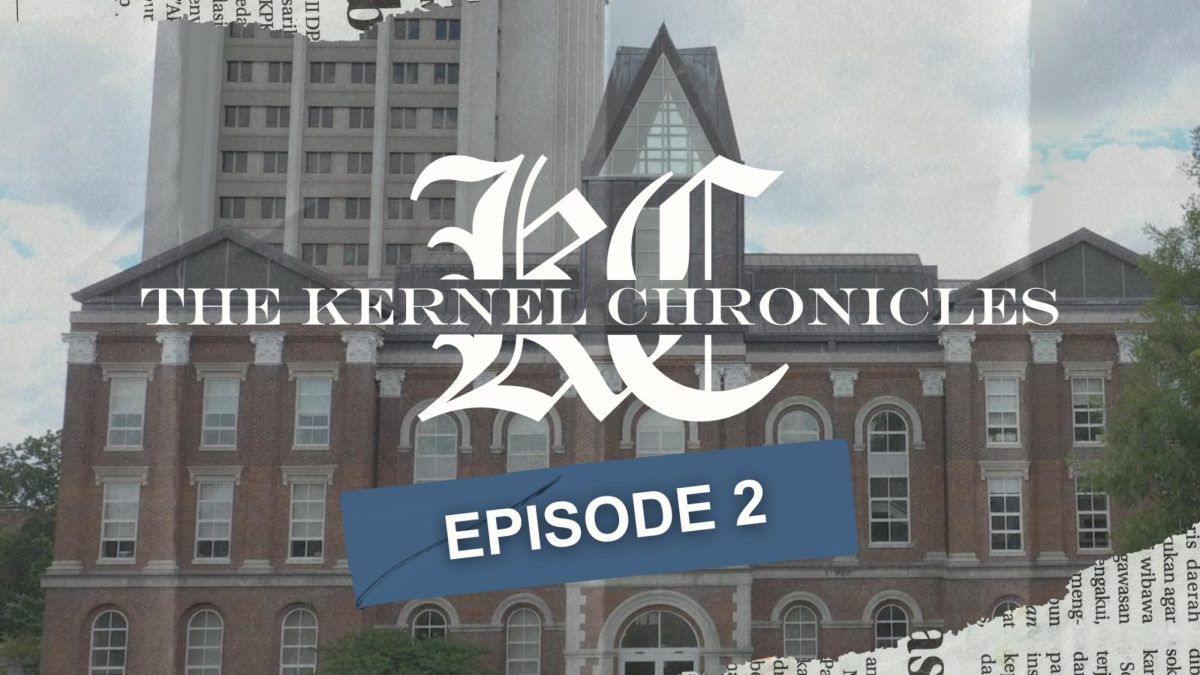








Eli Fels-McDowell • Mar 5, 2025 at 8:44 am
Hi! I encourage anyone interested in this topic to read up on the conditions that caused the Writers’ Strike last year.
In summary: endless remakes are not caused by writers who lack creativity but by studio executives who determine what gets funded. The major studios’ goal is to have scripts “written” by AI with a single person whose job is to manage the AI; not humans being creative and paid a living wage.